iPhone Air vs Samsung Galaxy S25 Edge vs Tecno Spark Slim: which ultra-thin phone is best?
We compare the three thinnest phones available right now
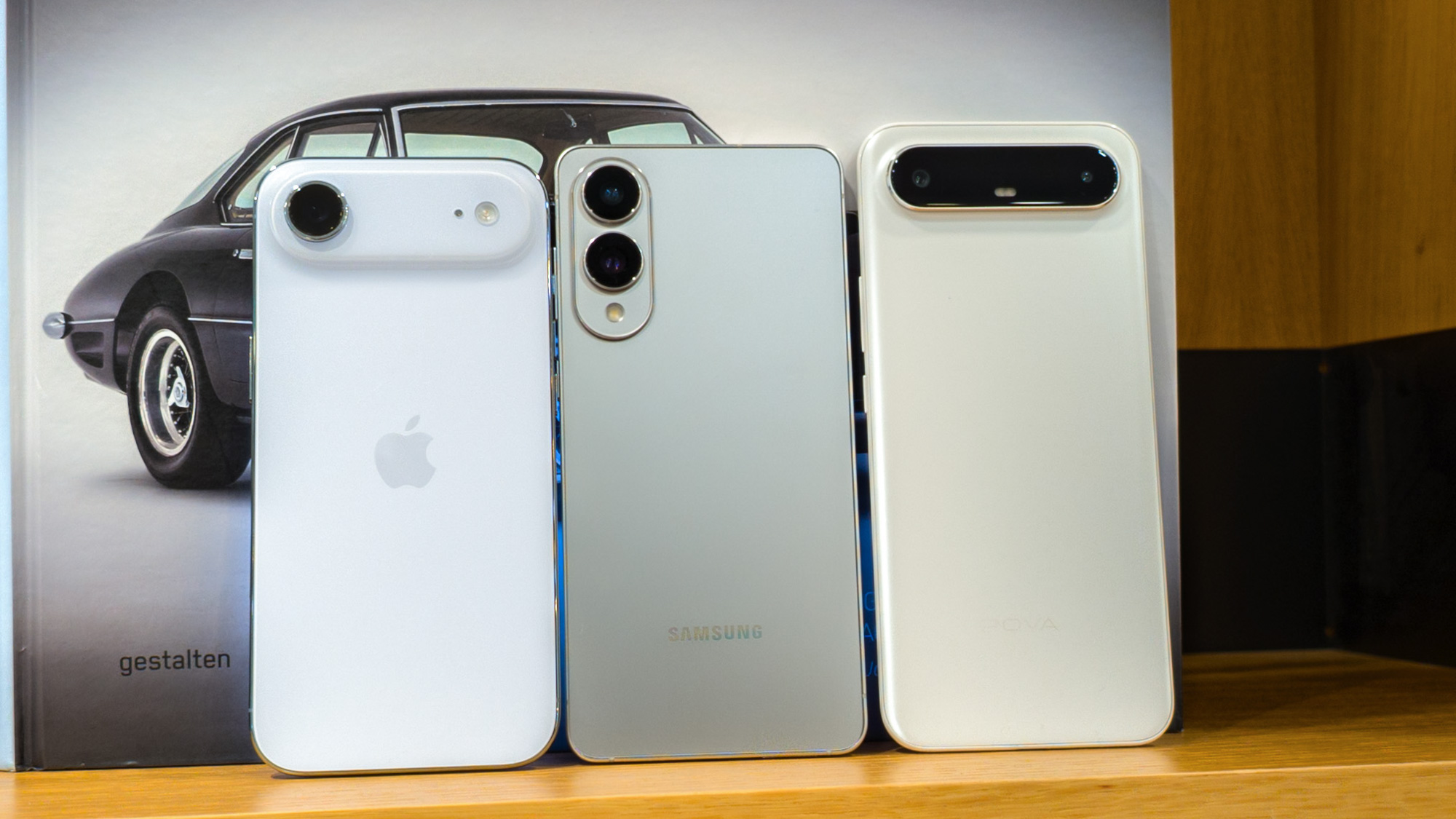
If you’re looking to jump on the latest smartphone trend and pick up a device that prioritizes sleek design above all else, you've got a decision to make.
When it comes to ultra-thin phones, shoppers in Western markets have two choices: the reigning thinness champion, the Samsung Galaxy S25 Edge – considered as such because it launched first – or the upstart challenger, Apple’s new iPhone Air. Both companies cut back their respective flagship experiences in certain ways to deliver these super-thin products, and both took different approaches in finding the right balance between form and function.
Which approach is best, and which ultra-thin phone should you buy? I’ve used many of the best phones and best folding phones, as well as both the iPhone Air and Galaxy S25 Edge, so in this guide, I've detailed how they compare and which I would choose.
I've also referenced the China-only Tecno Spark Slim in each section to give you an idea of how Apple and Samsung's efforts compare to the Eastern competition.
iPhone Air vs Samsung Galaxy S25 Edge vs Tecno Spark Slim: specs comparison
Before we dive further into a comparison of how these phones match up, let’s run through the core specifications of all three models. There are a lot of similarities here straight off the bat.
| Header Cell - Column 0 | iPhone Air | Galaxy S25 Edge | Tecno Spark Slim |
|---|---|---|---|
Dimensions: | 156.2 x 74.7 x 5.6 mm | 158.2 x 75.6 x 5.8 mm | 164.2 x 75.9 x 6 mm |
Weight: | 165g | 163g | 156g |
Display: | 6.5-inch Super Retina XDR OLED | 6.7-inch AMOLED 2X | 6.78-inch AMOLED |
Resolution: | 1260 x 2736 | 1440 x 3120 | 1224 x 2720 |
Refresh rate: | 120Hz | 120Hz | 144Hz |
Chipset: | Apple A19 Pro | Qualcomm Snapdragon 8 Elite for Galaxy | MediaTek Dimensity 6400 |
Rear cameras: | 48MP wide | 48MP wide | 50MP wide |
Front camera: | 18MP | 12MP | 13MP |
RAM: | 12GB | 12GB | 8GB |
Storage: | 256GB, 512GB, 1TB | 256GB, 512GB | 128GB, 256GB |
Battery: | 3,149mAh (unofficial) | 3,900 mAh | 5,160 mAh |
Charging: | 25W wired | 25W wired | 45W wired |
iPhone Air vs Samsung Galaxy S25 Edge vs Tecno Spark Slim: Design
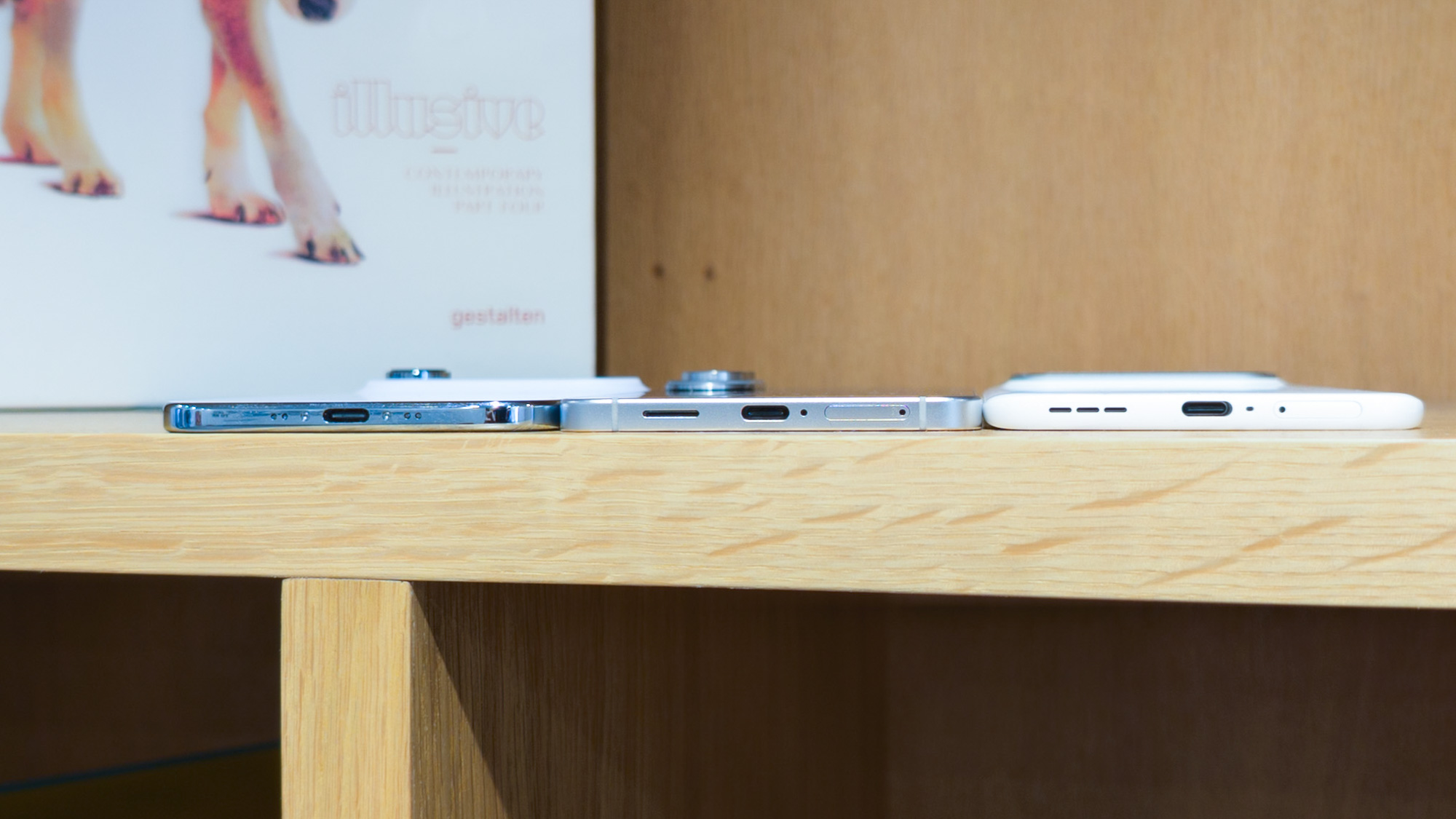
All three phones follow the same model: take a flagship product, and make it as thin as possible. A thinner body means far less volume – the iPhone Air is 31% smaller than the flagship iPhone 17 Pro – which also means cutting back on certain features and experiences.
The iPhone Air features a stunning design with slightly tapered edges, measuring 5.64mm at its thinnest point. Apple also deserves particular credit for the innovative design of the iPhone Air, with all core components housed inside the so-called Camera Plateau to maximize space for the battery.
Sign up for breaking news, reviews, opinion, top tech deals, and more.
Despite this, you still get Face ID, the Action button, and even the Camera Control button, which has become my favorite way to launch the camera on an iPhone. There are three colors for the iPhone Air, but although I have the Sky Blue version, it lacks the vibrancy of the Cosmic Orange iPhone 17 Pro.
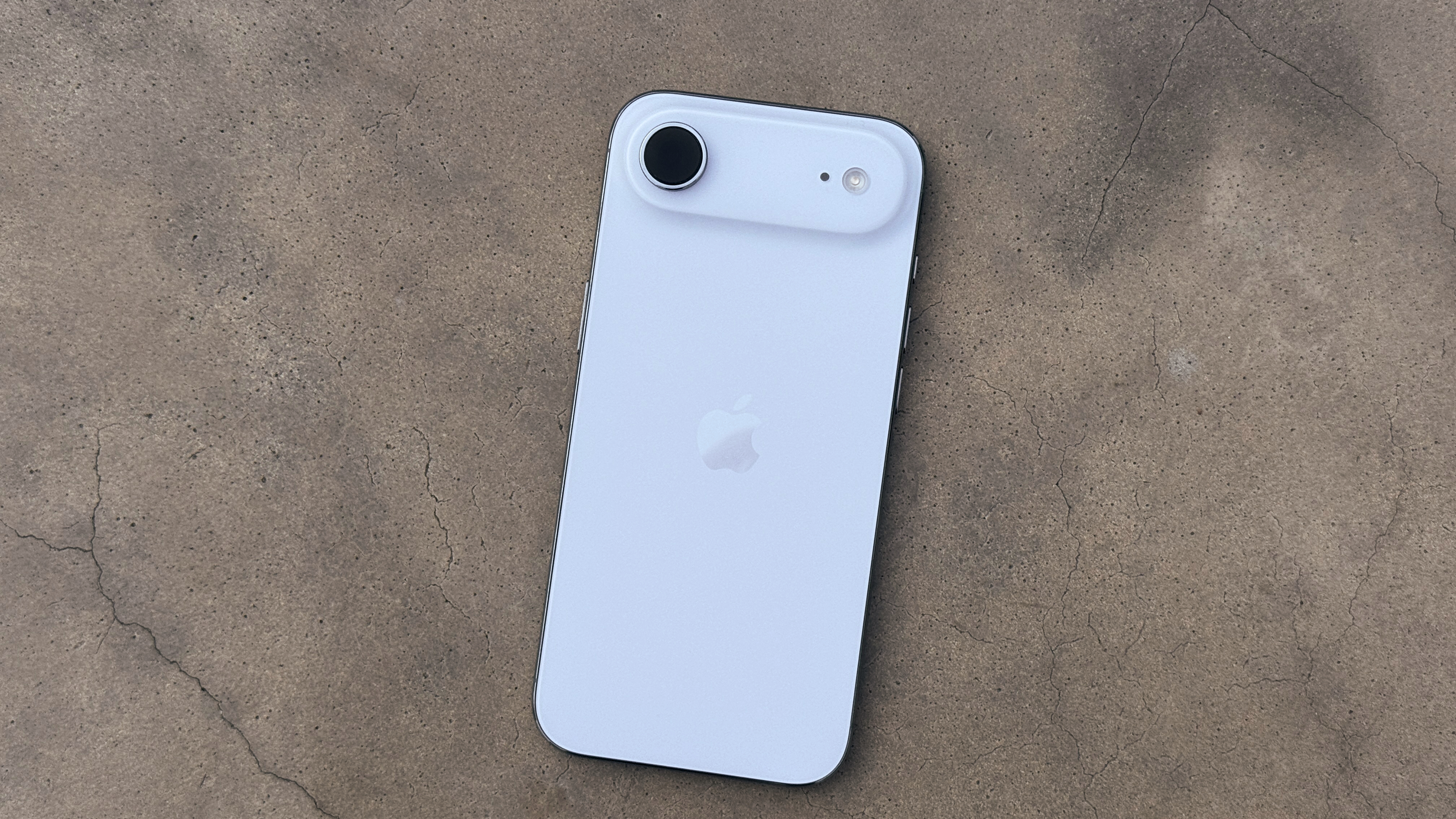
Then there’s the Galaxy S25 Edge, which is slightly thicker at 5.8mm, but offers a more industrial design. It’s as stunning in the hand as the iPhone Air, but it lacks that same visual wow factor, considering it looks very similar to the best Samsung phones.
The Galaxy S25 Edge is slightly thicker than the iPhone Air, but it offers more hardware features as a result. The battery is almost 20% larger, the screen is bigger, and there are two cameras, one of which is unique among devices in this comparison.
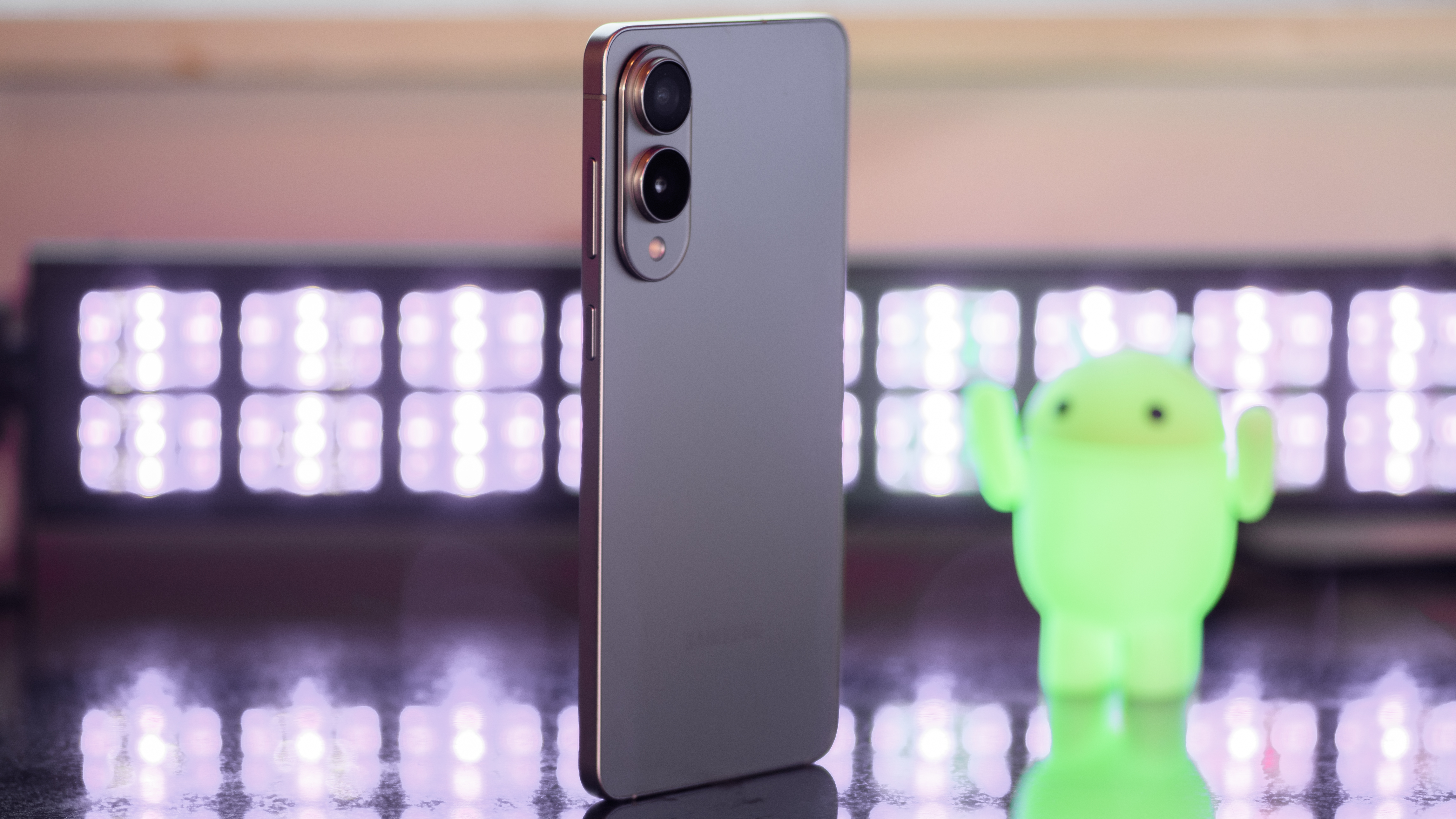
Lastly, there’s the Tecno Spark Slim, and despite its low price – in China, you can buy four of these for the same price as an iPhone Air, and still have enough left for a case – Tecno has made a unique phone. It weighs 156g, which is seven grams lighter than the Galaxy S25 Edge and nine grams lighter than the iPhone Air. It’s fantastic in the hand, although it lacks the premium feel of its two chief rivals.
The Spark Slim is also quite strange in that it appears to feature two cameras, but actually only has one; Tecno retained the two-lens design of its previous phones for cosmetic purposes. Mind you, despite being thin, the Tecno Spark Slim also features MIL-STD-810H drop protection, providing more protection than any other ultra-thin phone, folding or otherwise.
iPhone Air vs Galaxy S25 Edge vs Spark Slim: display
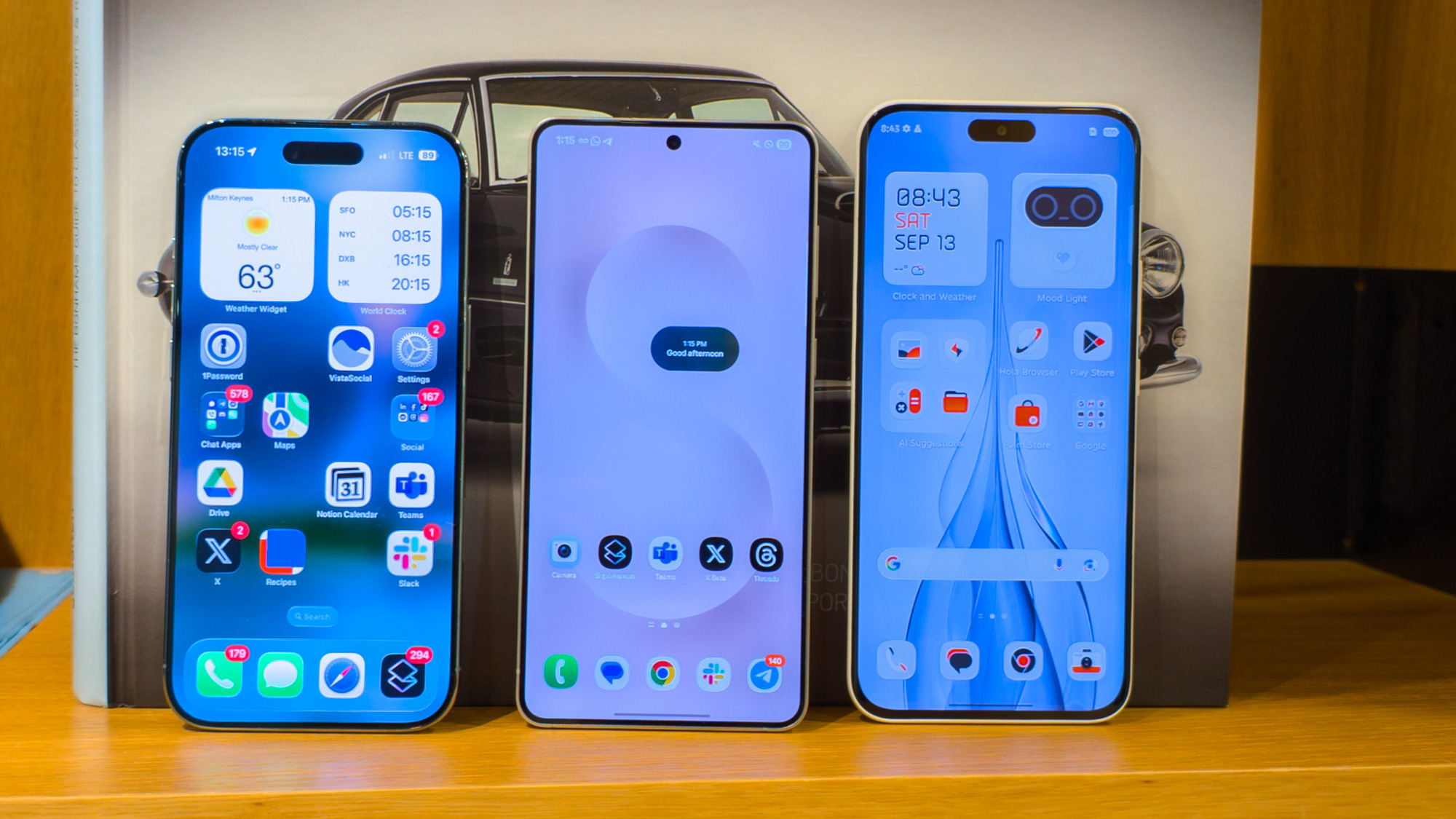
The iPhone Air has the smallest screen of the three, at 6.5 inches, but it comes with HDR10 support, Dolby Vision, and Ceramic Shield 2 scratch protection. That screen size is particularly noteworthy, as this is the only iPhone to offer a 6.5-inch display, with the rest of Apple’s current lineup offering either a 6.3-inch or 6.9-inch screen.
The Galaxy S25 Edge's display is slightly larger at 6.7 inches, and it features HDR10+ support, although with a lower peak brightness of 2,600 nits (compared to the iPhone Air at 3,000 nits).
The Galaxy S25 Edge also features Gorilla Glass Ceramic 2 protection on the screen, offering similar levels of protection, while packing considerably smaller bezels, too. It does, however, lack the anti-reflective screen of Apple’s ultra-thin phone.
Meanwhile, the Tecno Spark Slim proves that you can have a big, beautiful display on a svelte phone. Its 6.78-inch AMOLED screen is plenty vibrant, and it features a peak brightness of 4,500 nits, which makes it considerably better than the competition in direct light. It lacks HDR and Dolby Vision support, but it makes up for it with a substantially more durable build (which we discussed in the previous section).
iPhone Air vs Galaxy S25 Edge vs Spark Slim: Cameras
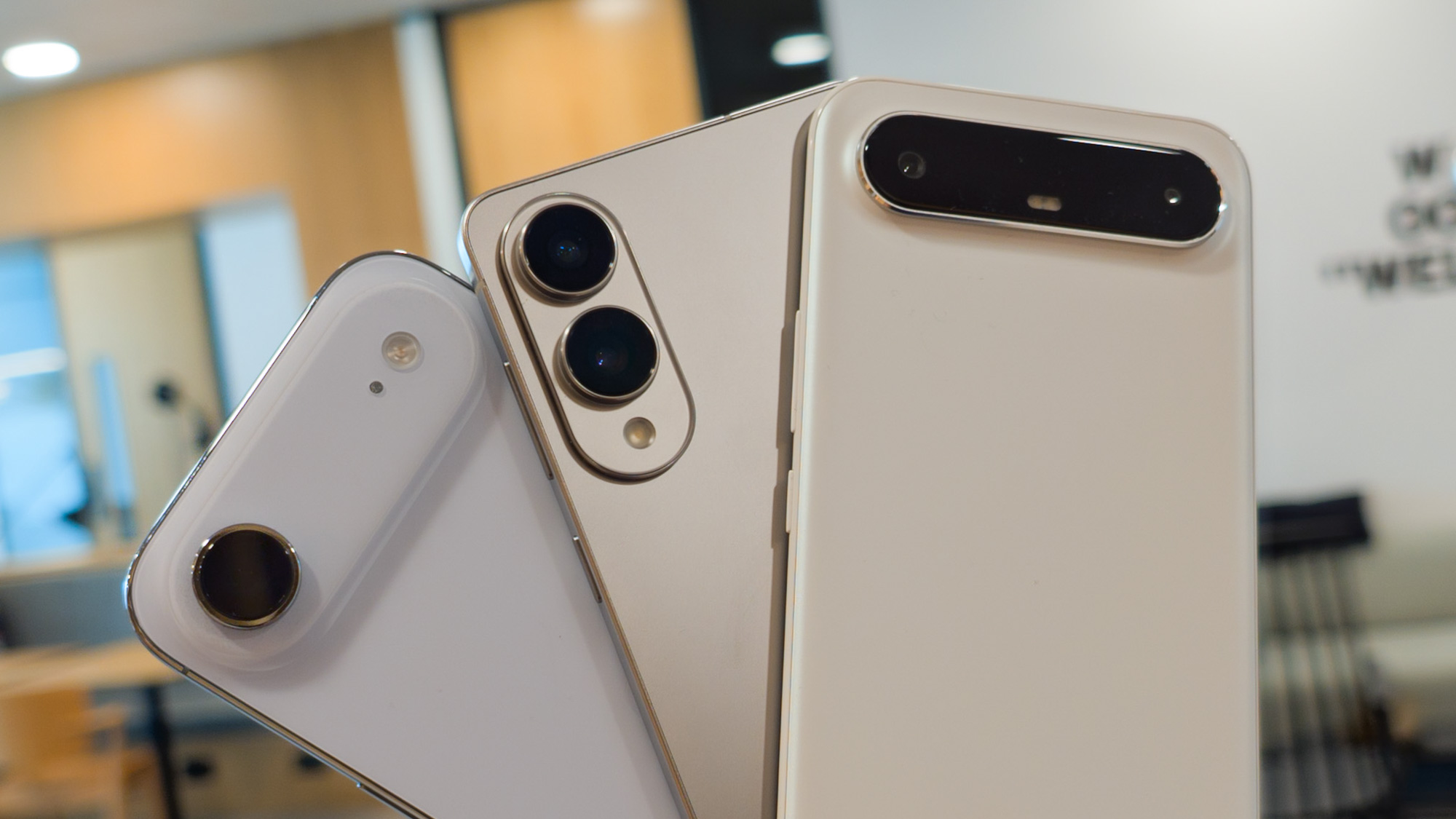
All three phones have reduced camera capabilities compared to their respective flagship counterparts, but Samsung leads the way when it comes to cameras on ultra-thin phones.
The Galaxy S25 Edge features a 200MP main camera, identical to the one found in the Galaxy S25 Ultra. A 12MP ultra-wide camera sets it apart from the competition, as neither of the other two phones has this type of extra lens. The 200MP main camera captures great photos in various lighting conditions, and while a 2x ‘optical zoom’ is offered through in-sensor cropping, it doesn’t compare to a dedicated telephoto lens.
The iPhone Air boasts similar photographic performance, minus the ultra-wide lens. Its 48MP main 'Fusion' camera is identical to that found on the rest of the iPhone 17 lineup, and while it offers 2x zoom by cropping the sensor, there are no fancy tricks to make up for the loss of an ultra-wide lens.
The iPhone Air does, however, feature the new 18MP Center Stage selfie camera, like the rest of the iPhone 17 lineup, meaning selfies are considerably better when captured with the iPhone compared to its competitors. In particular, this means you can record selfies in several aspect ratios (including horizontal and vertical) without needing to rotate the phone, making it far more comfortable to use.
The Tecno Spark Slim's camera is unlikely to win any awards, as it offers a no-frills 50MP main sensor with phase detection autofocus, but not much else.
In testing, the Tecno's camera proves to be commensurate with its price, while the iPhone Air is a decent performer – even at the 10x maximum zoom length. However, in most cases, the 200MP primary camera on the Galaxy S25 Edge produces better photos, even at higher focal lengths.
Camera samples
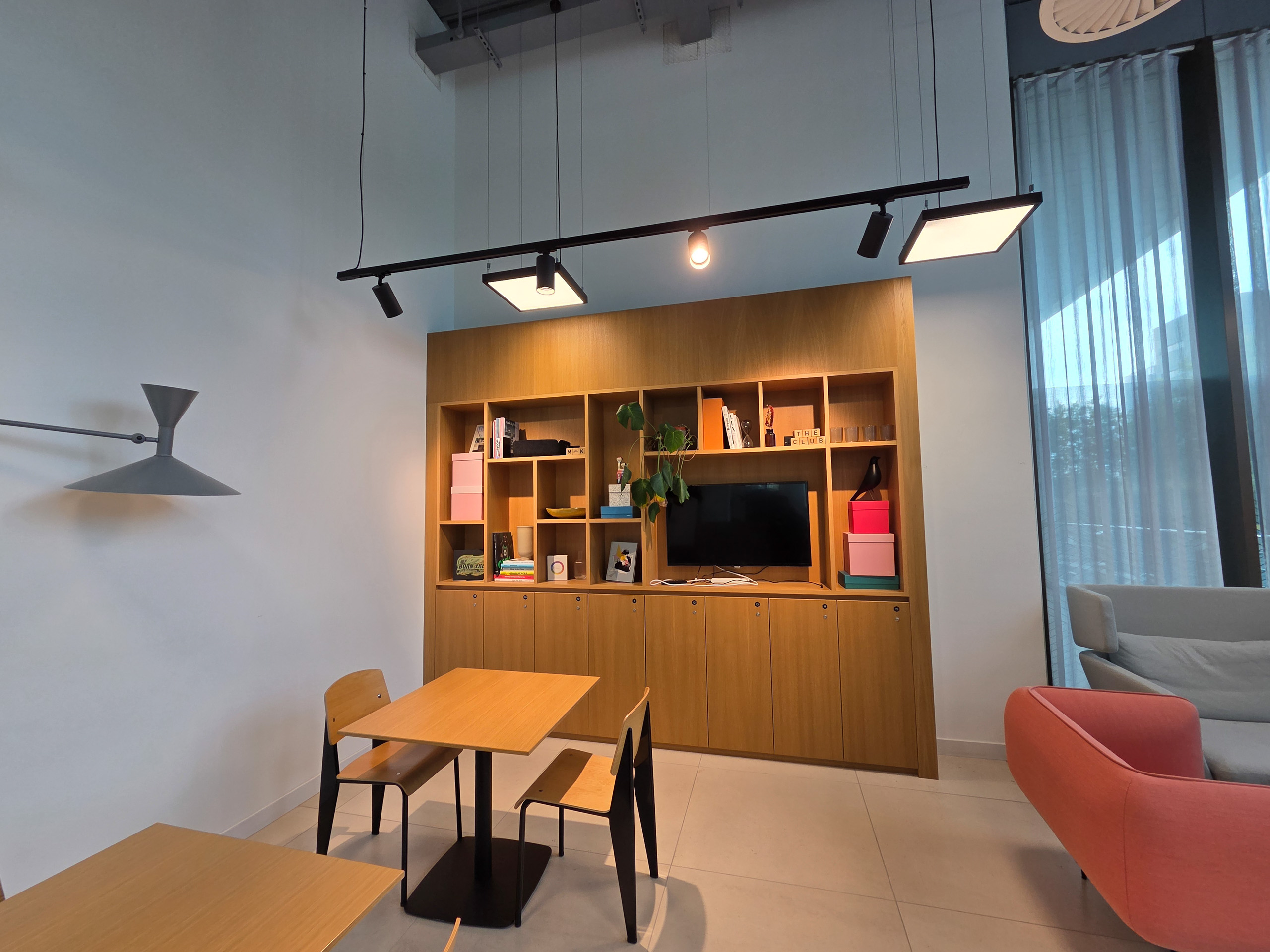
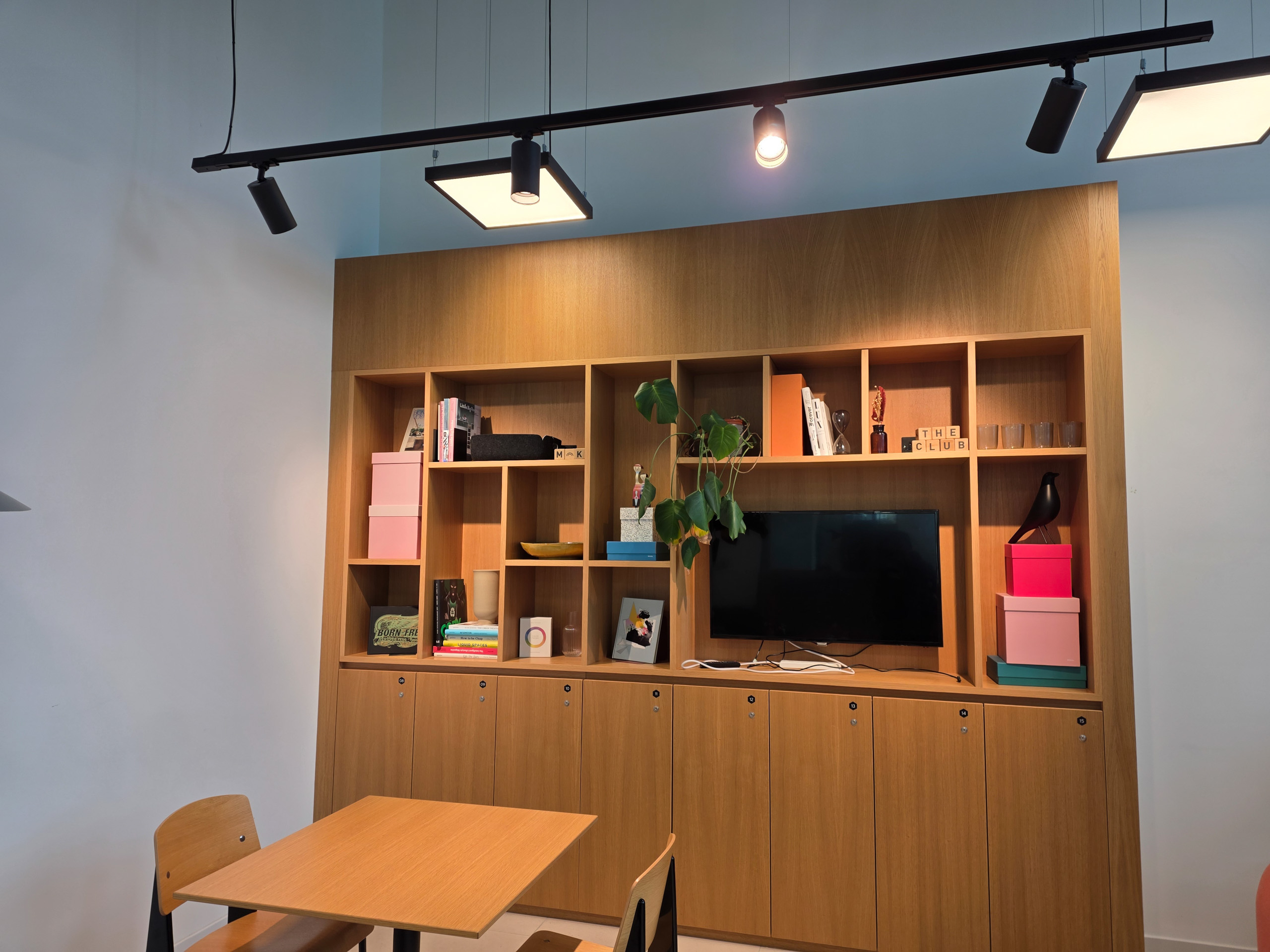
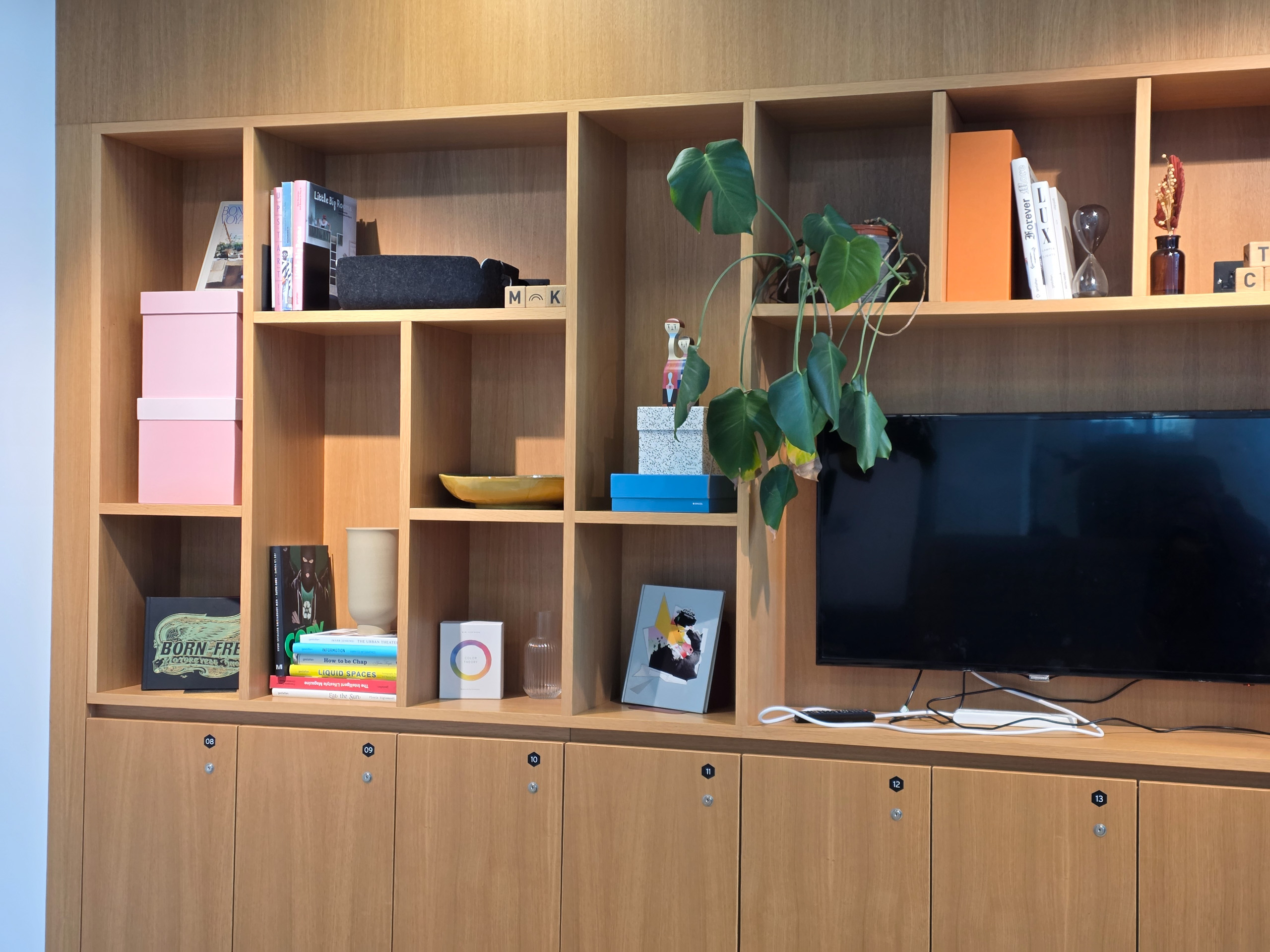
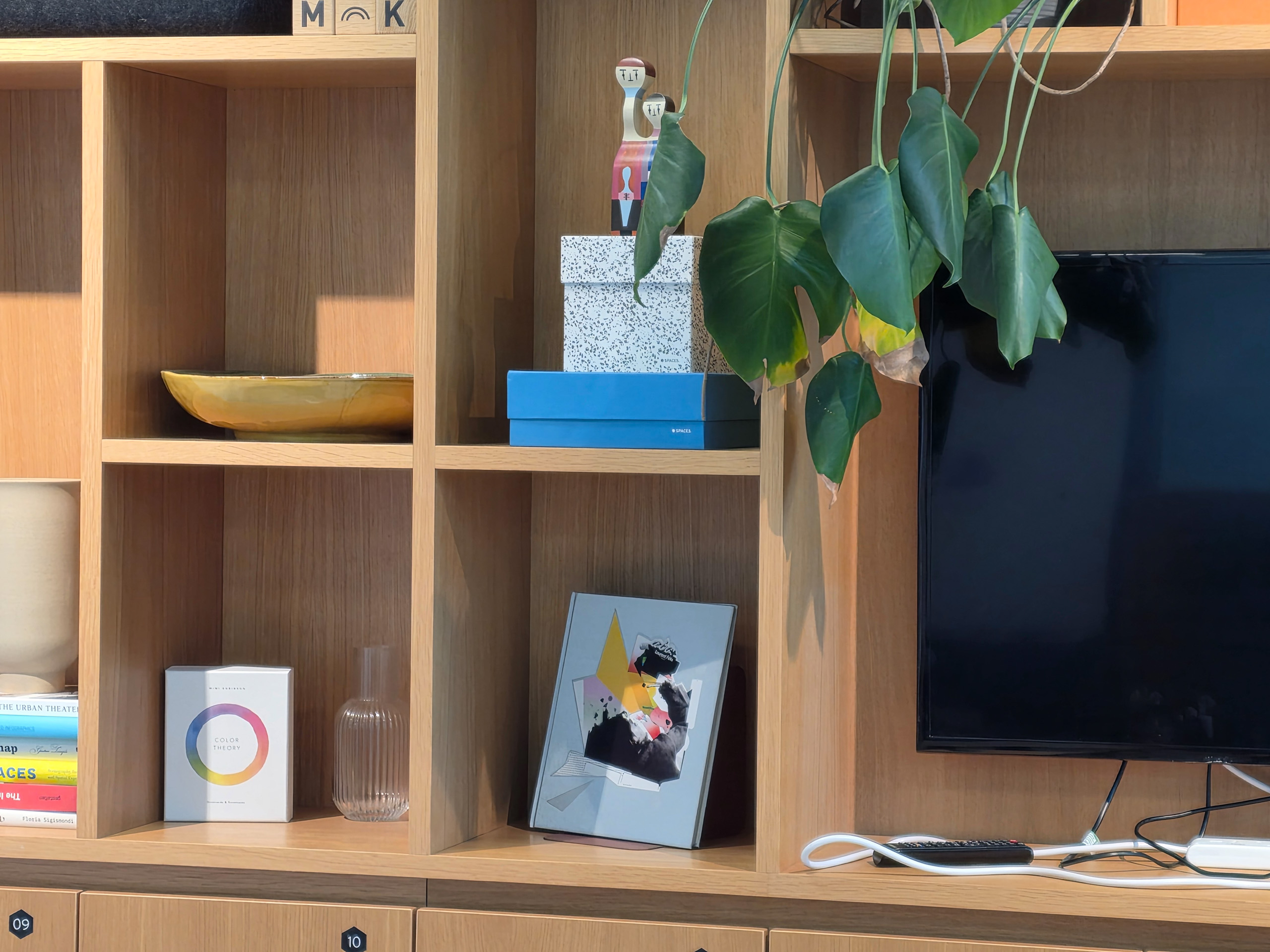
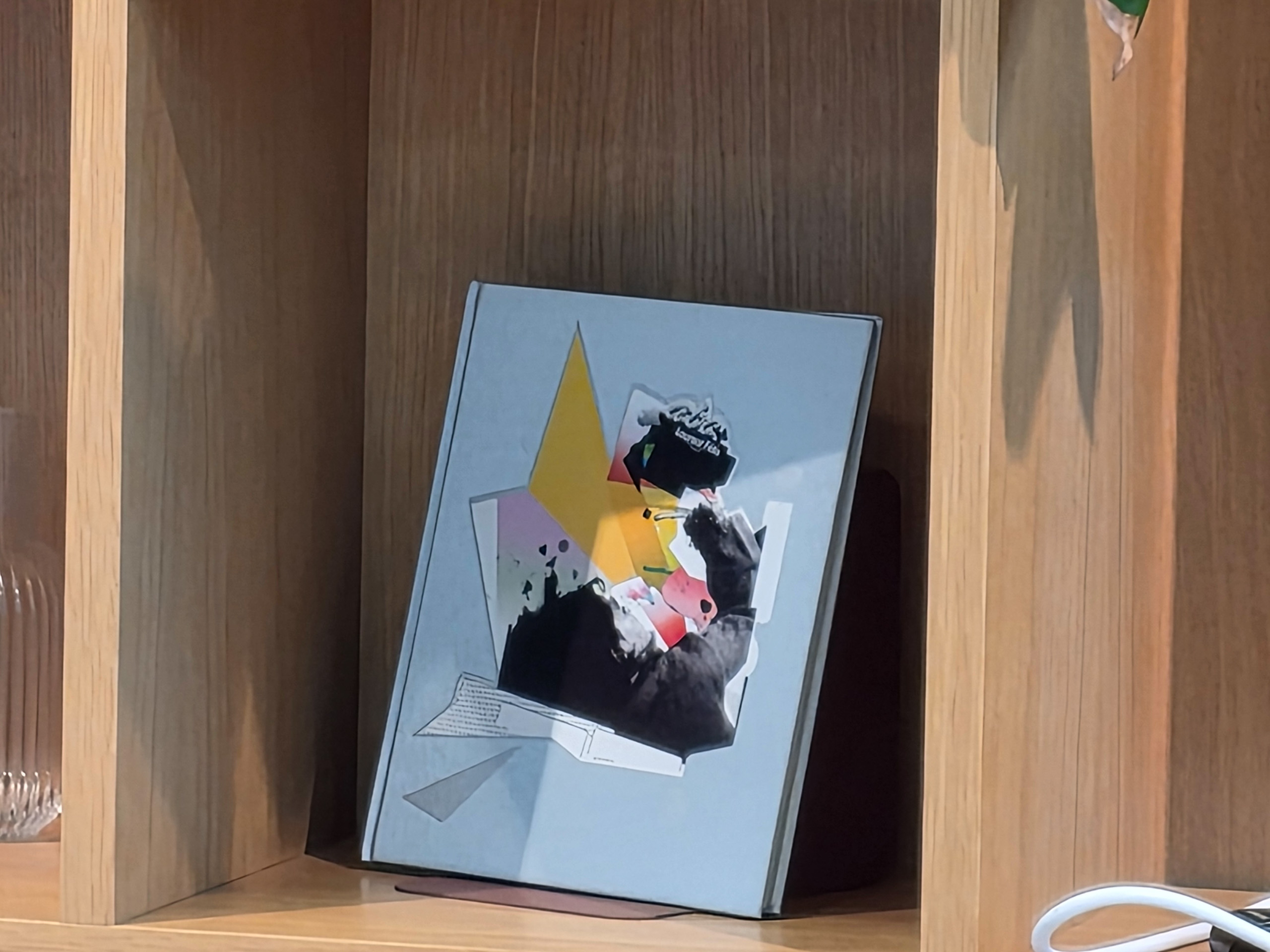
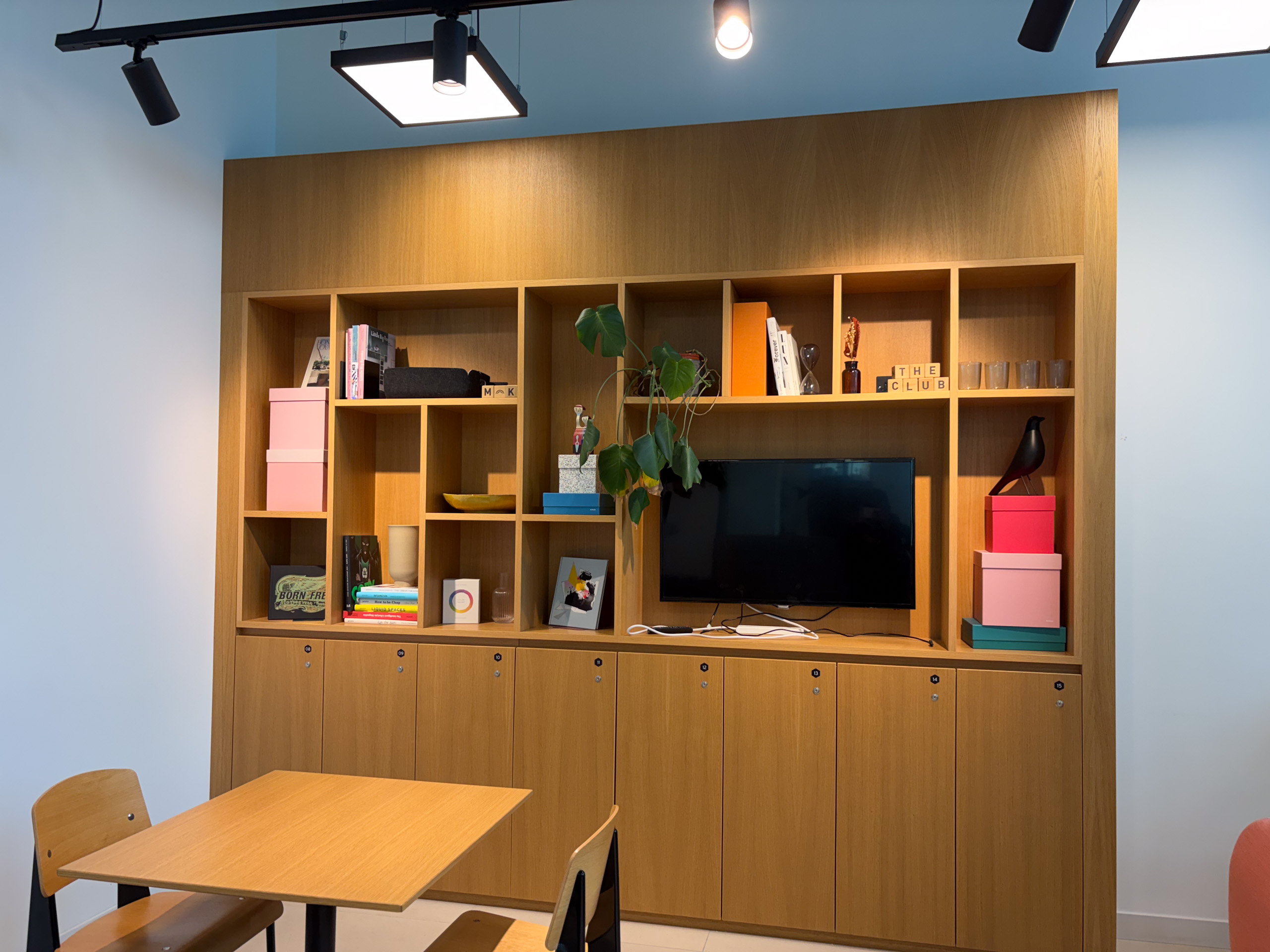
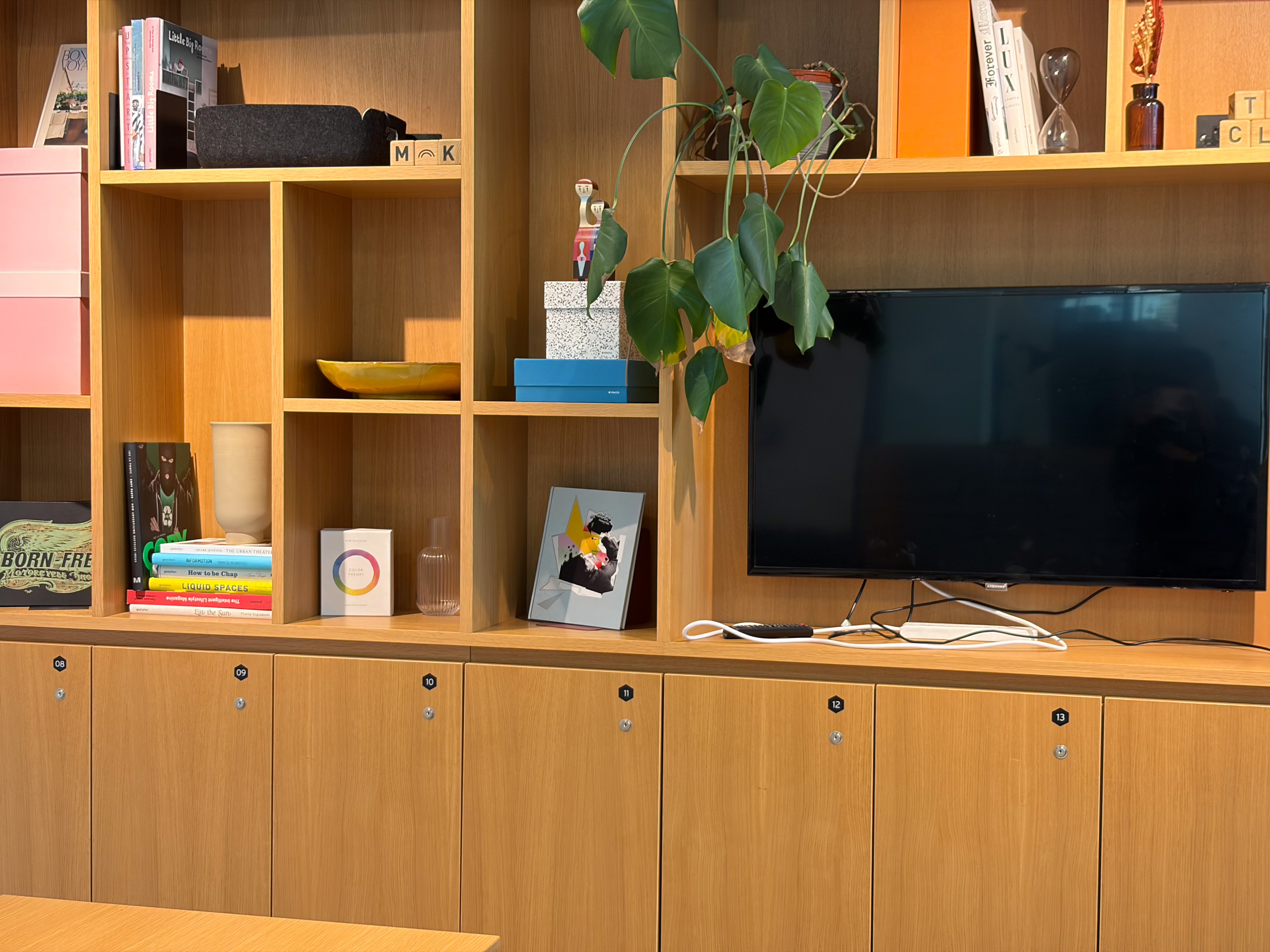
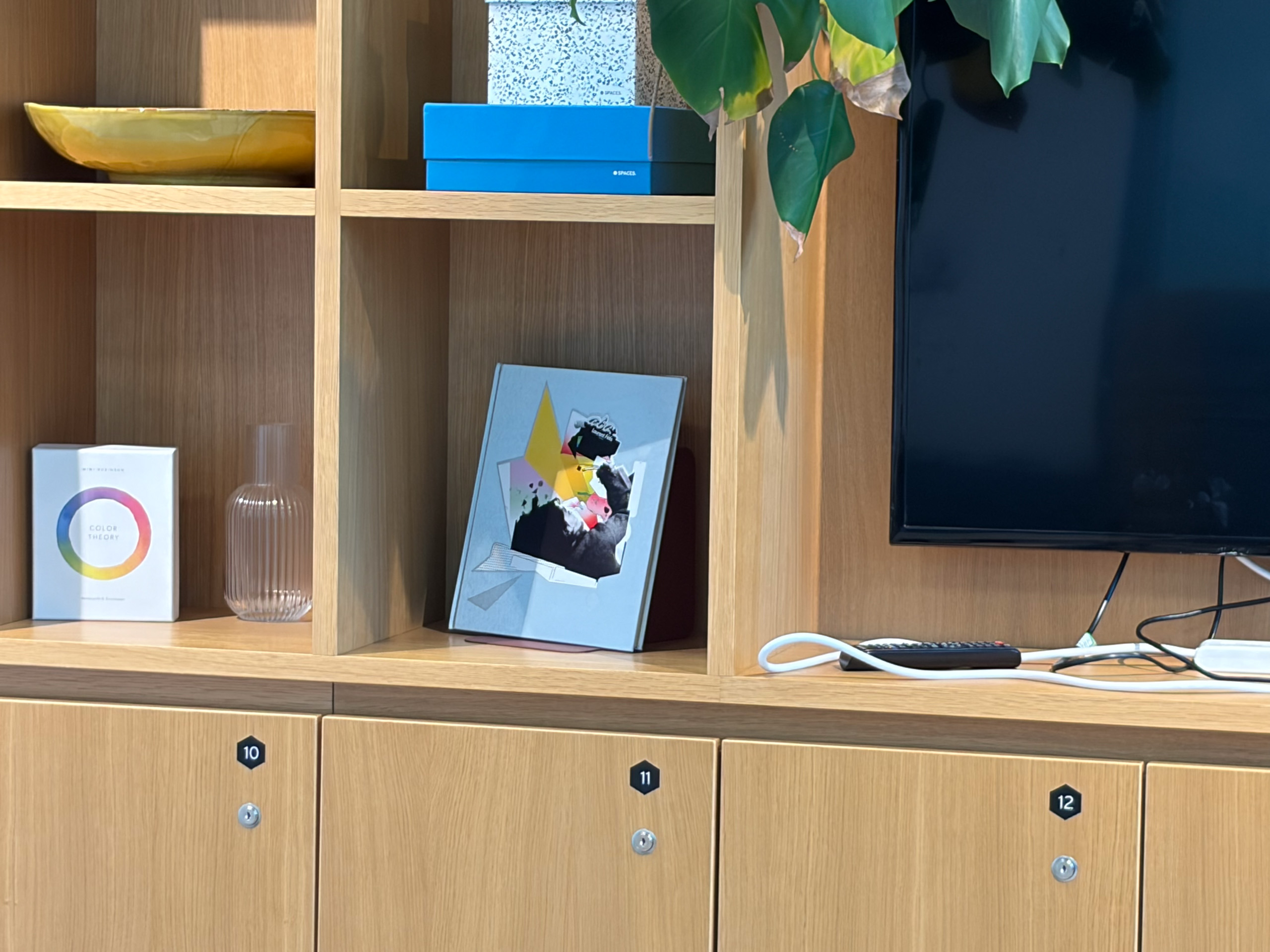
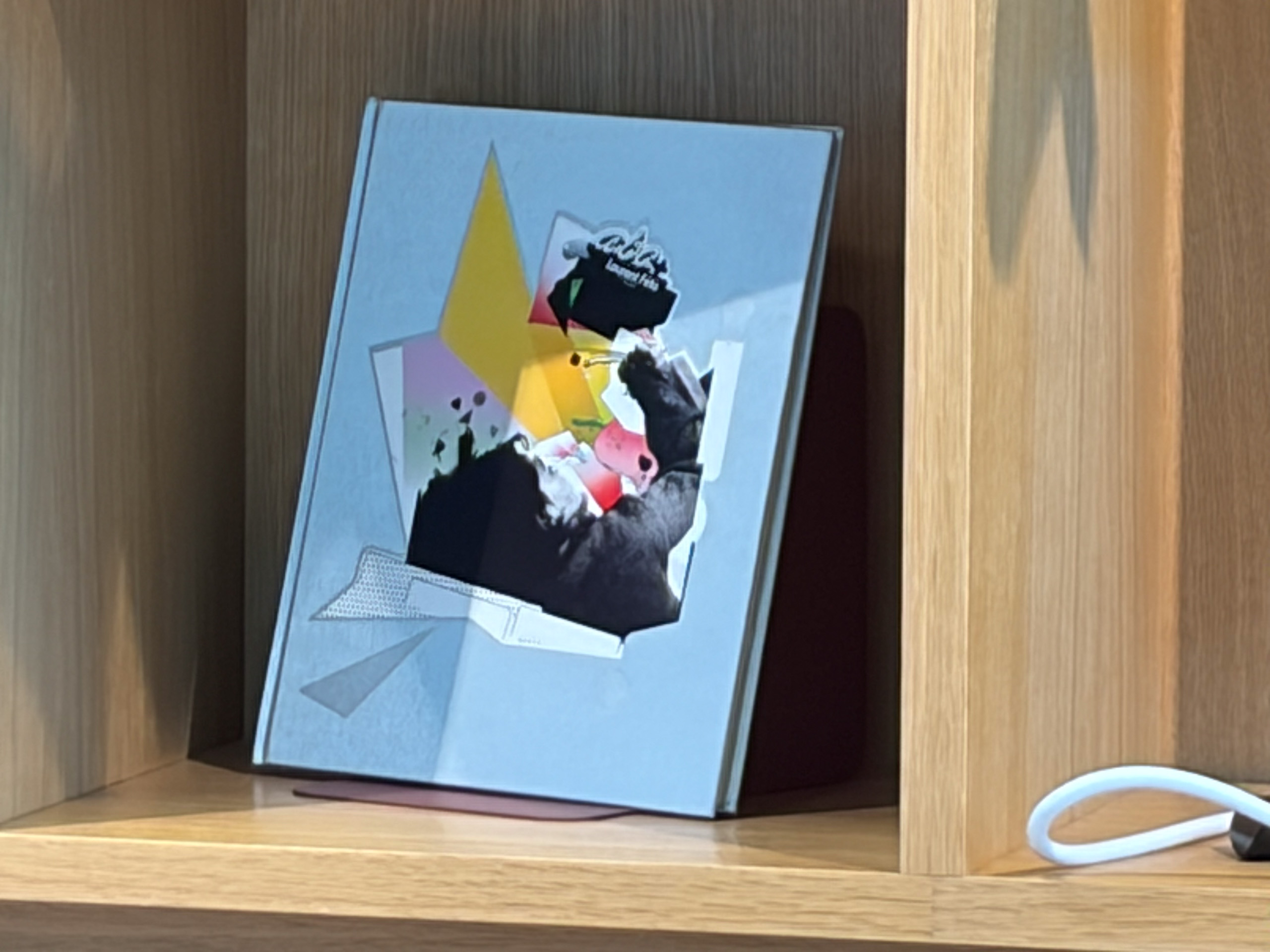
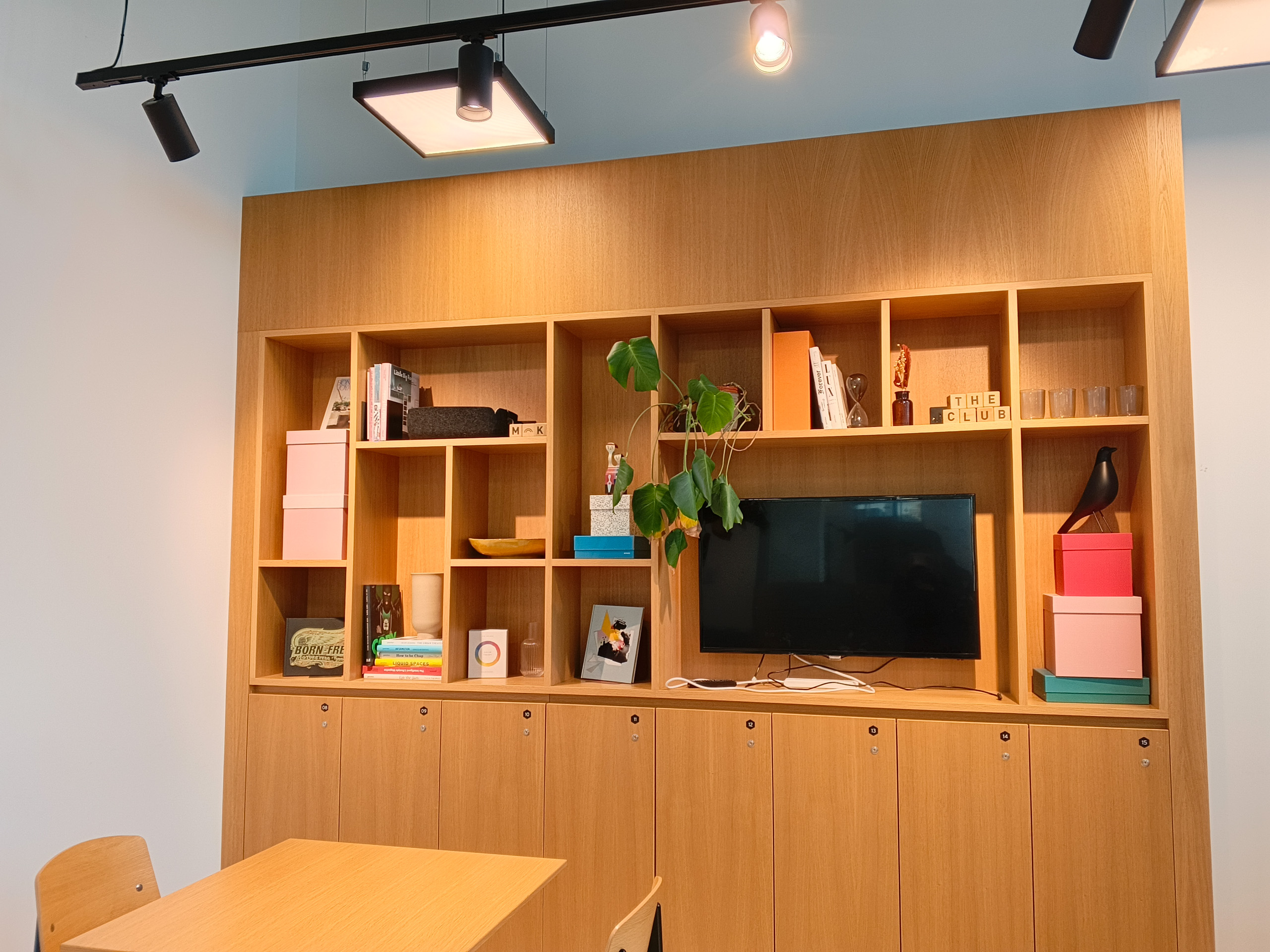
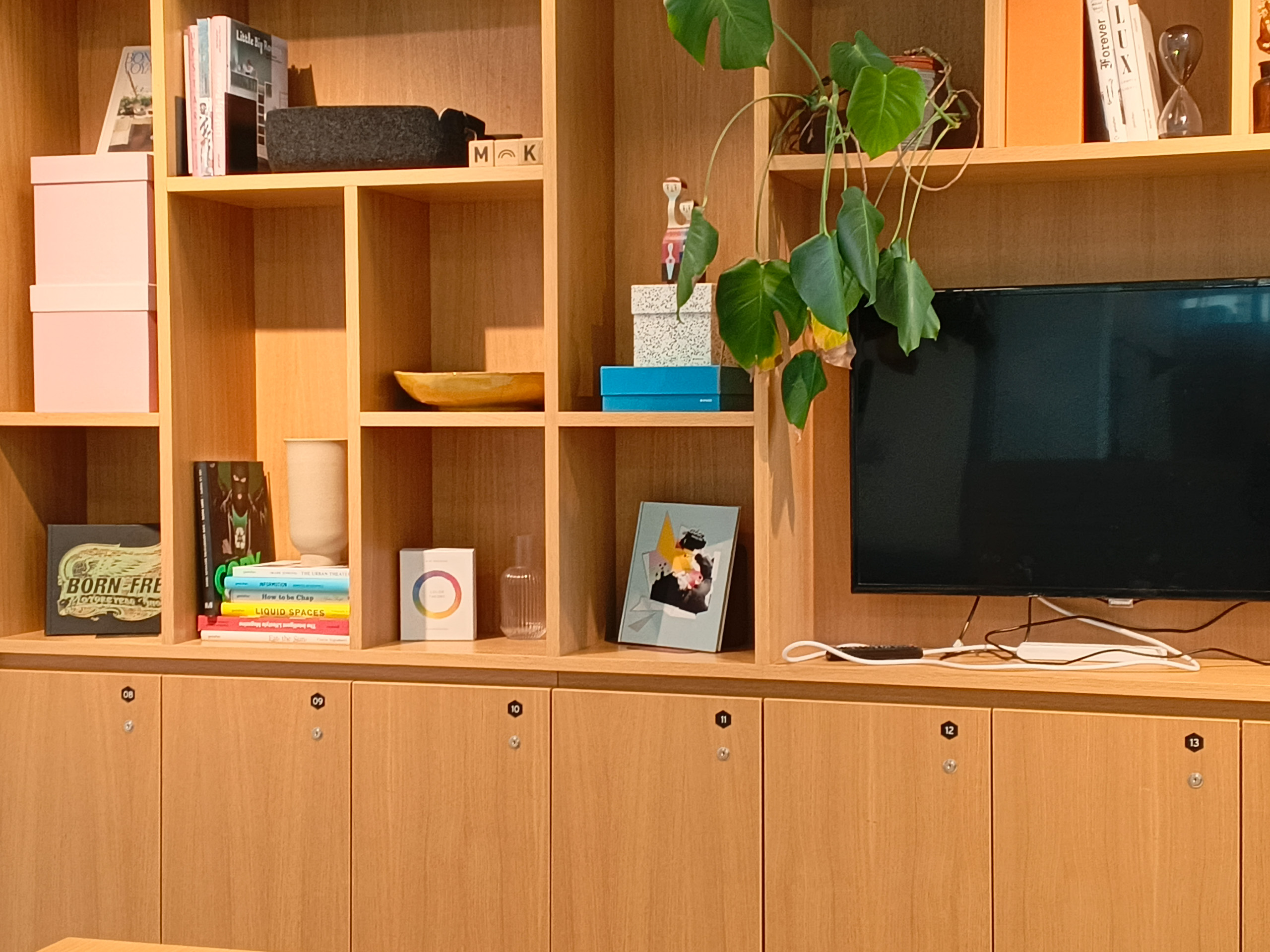
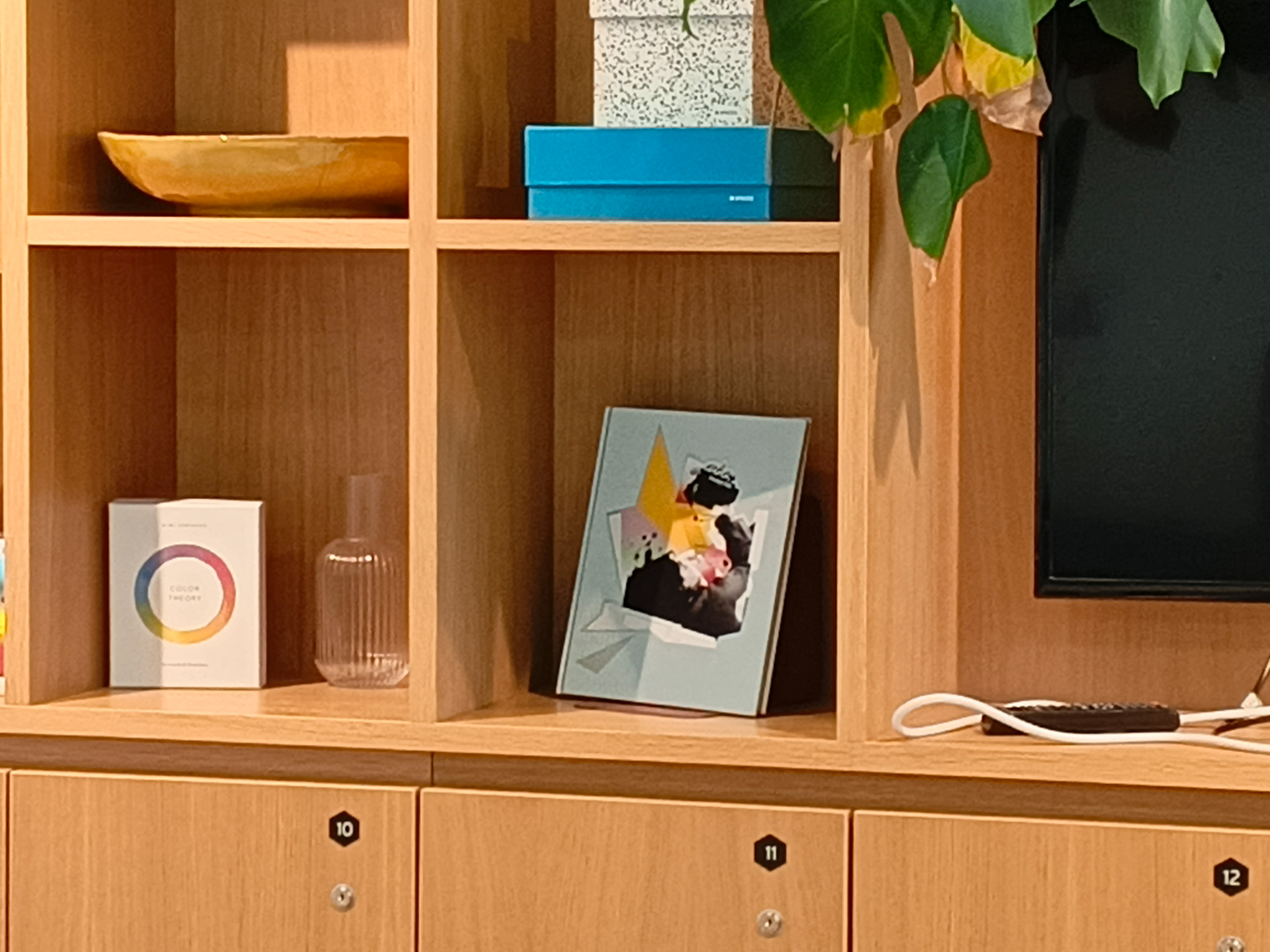
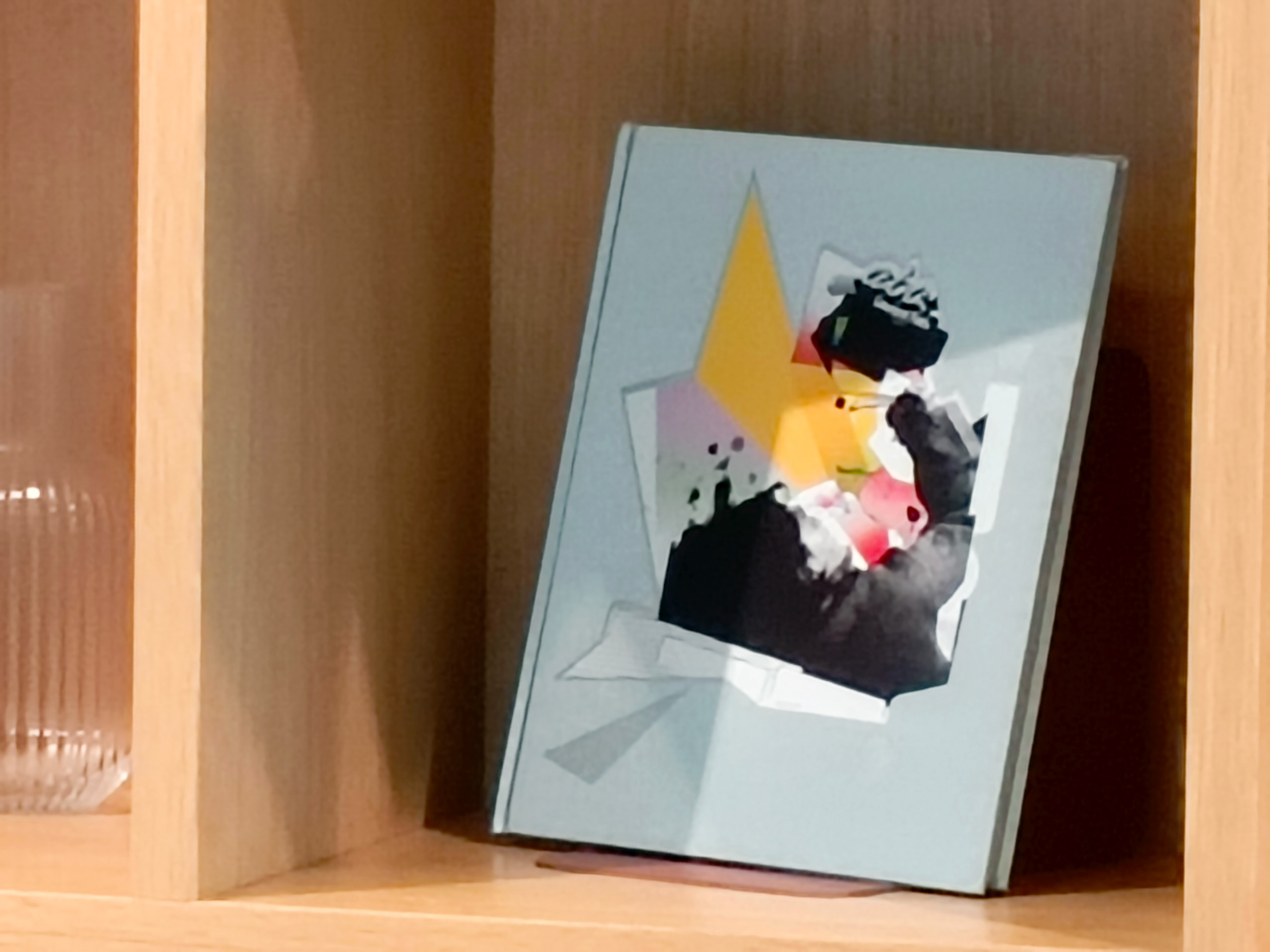


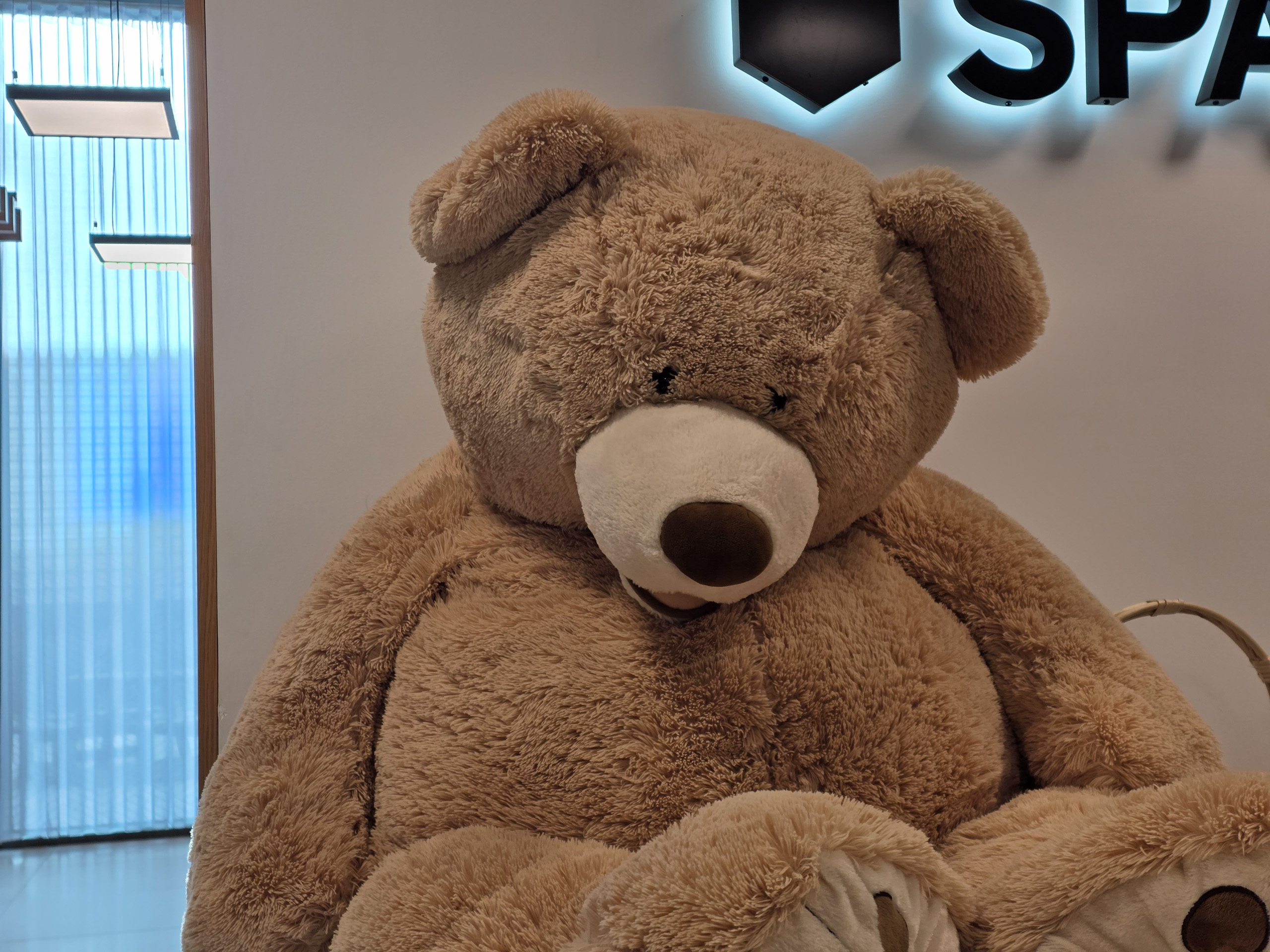






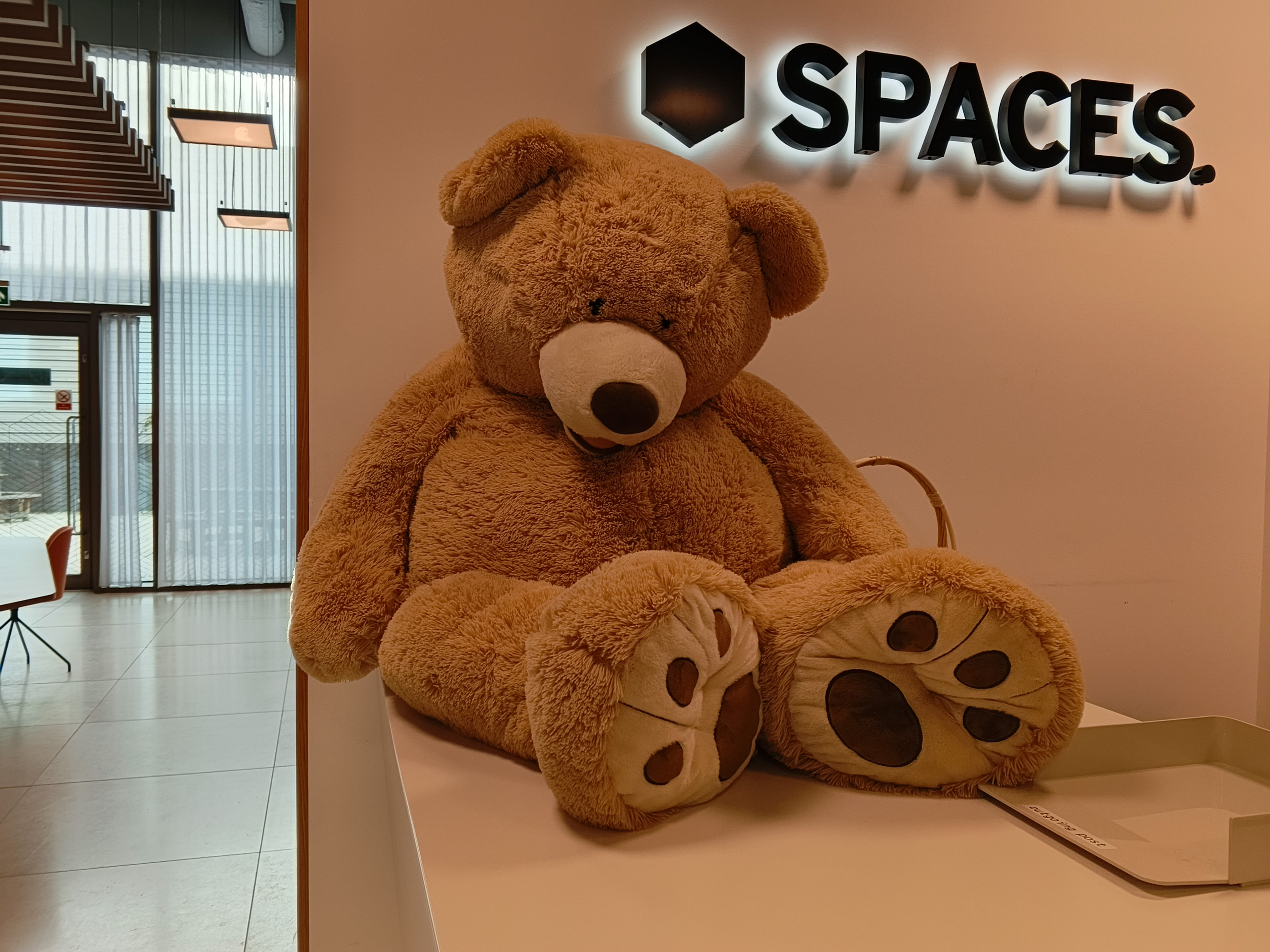




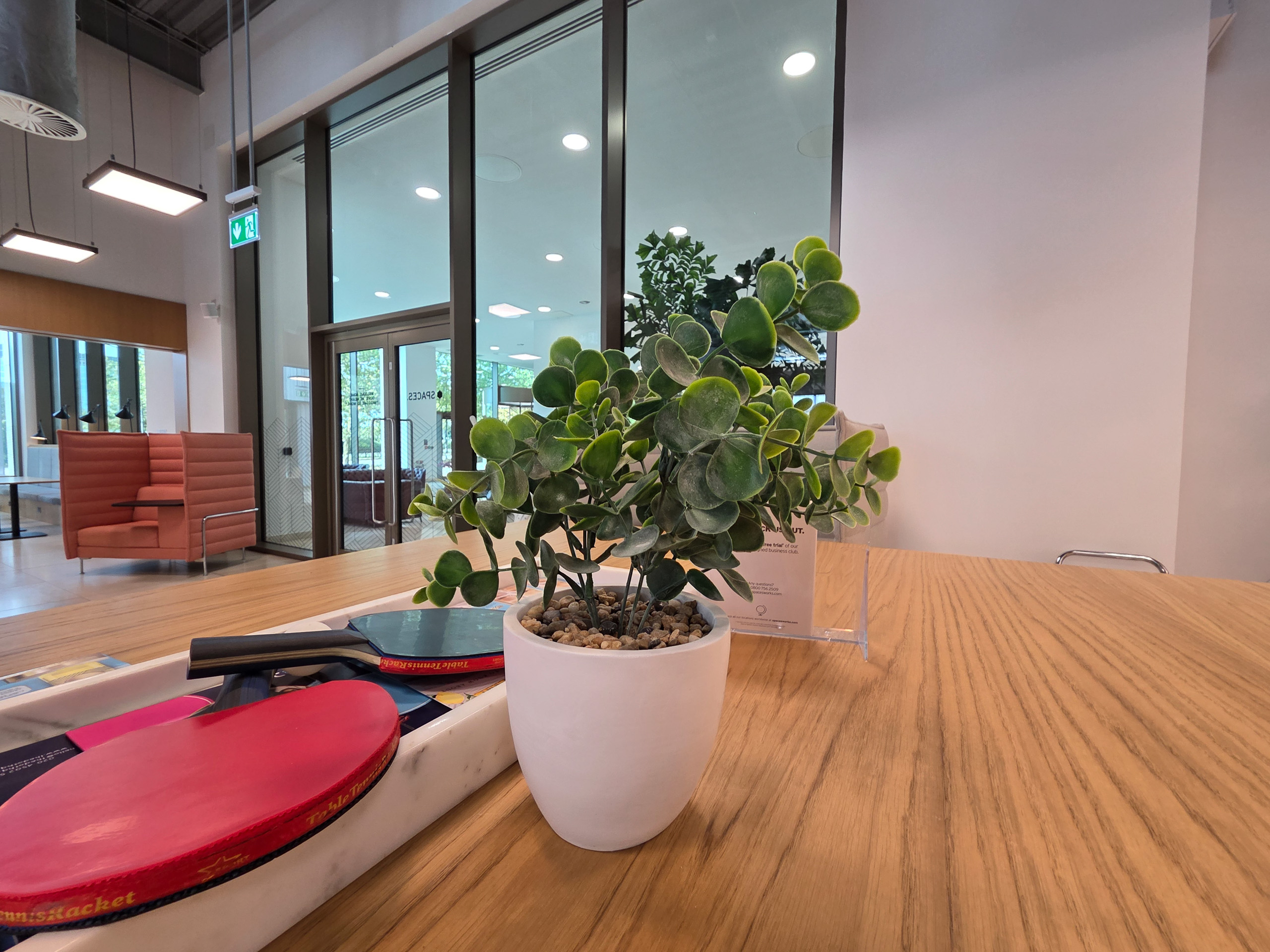
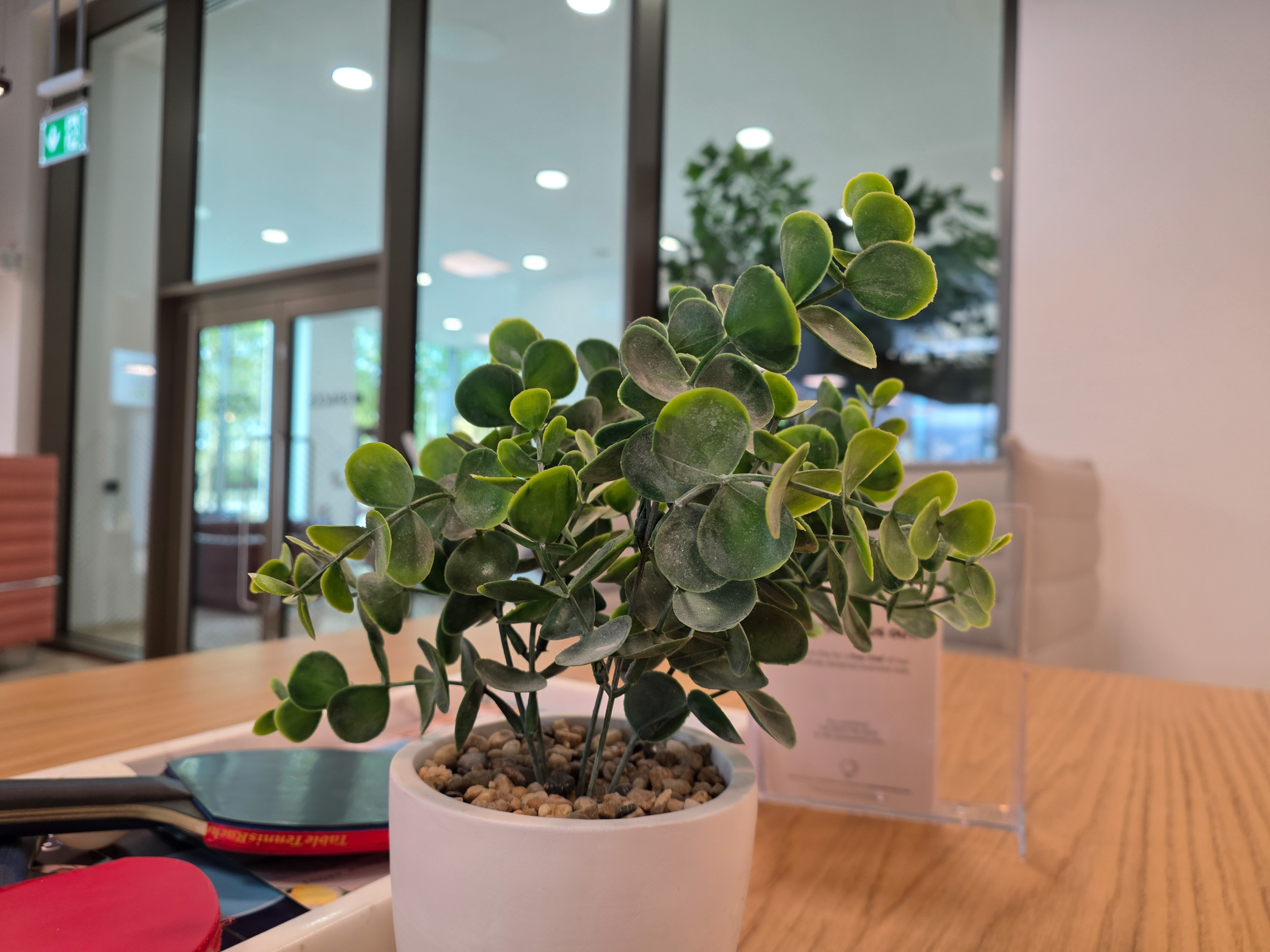
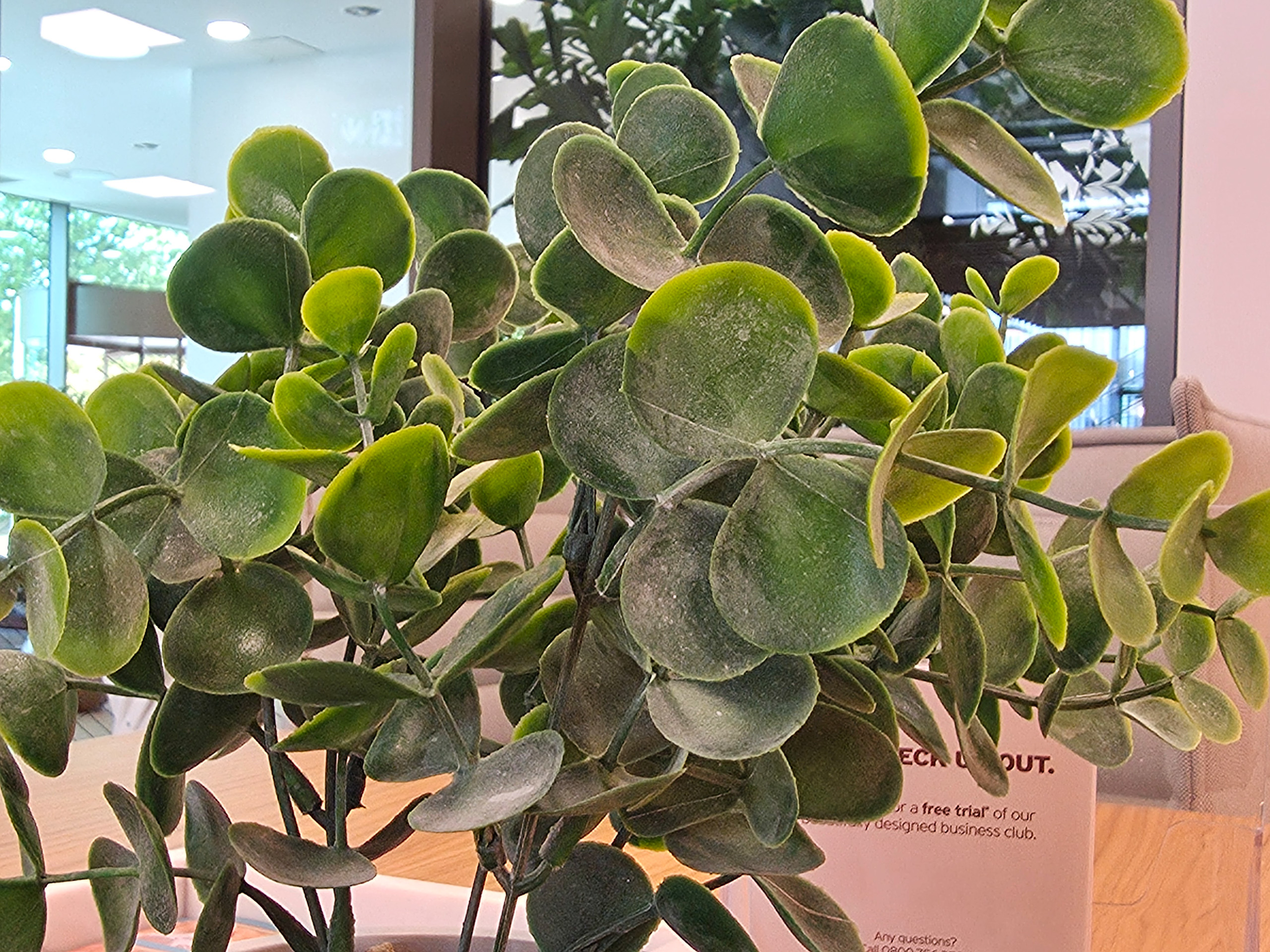
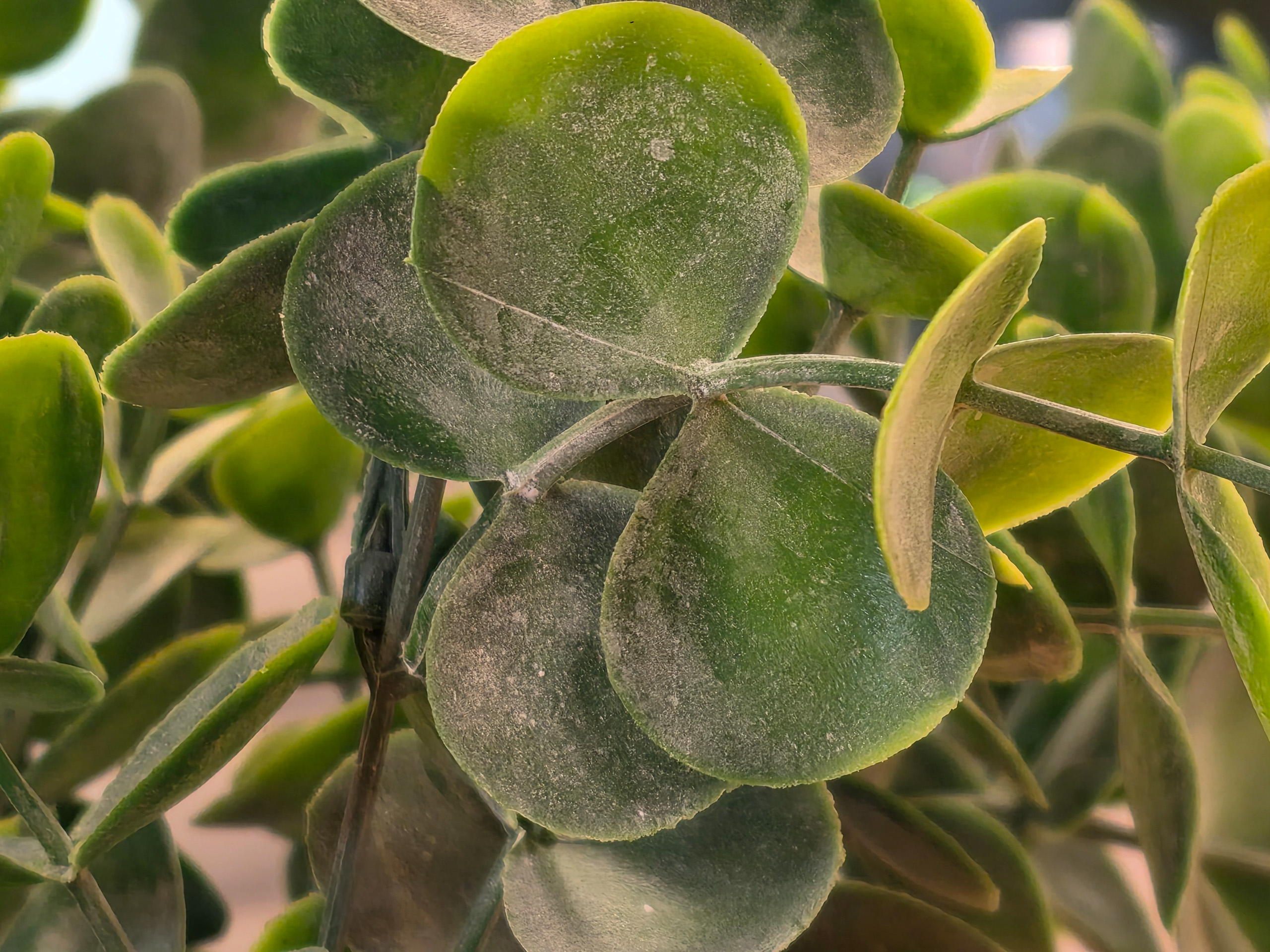
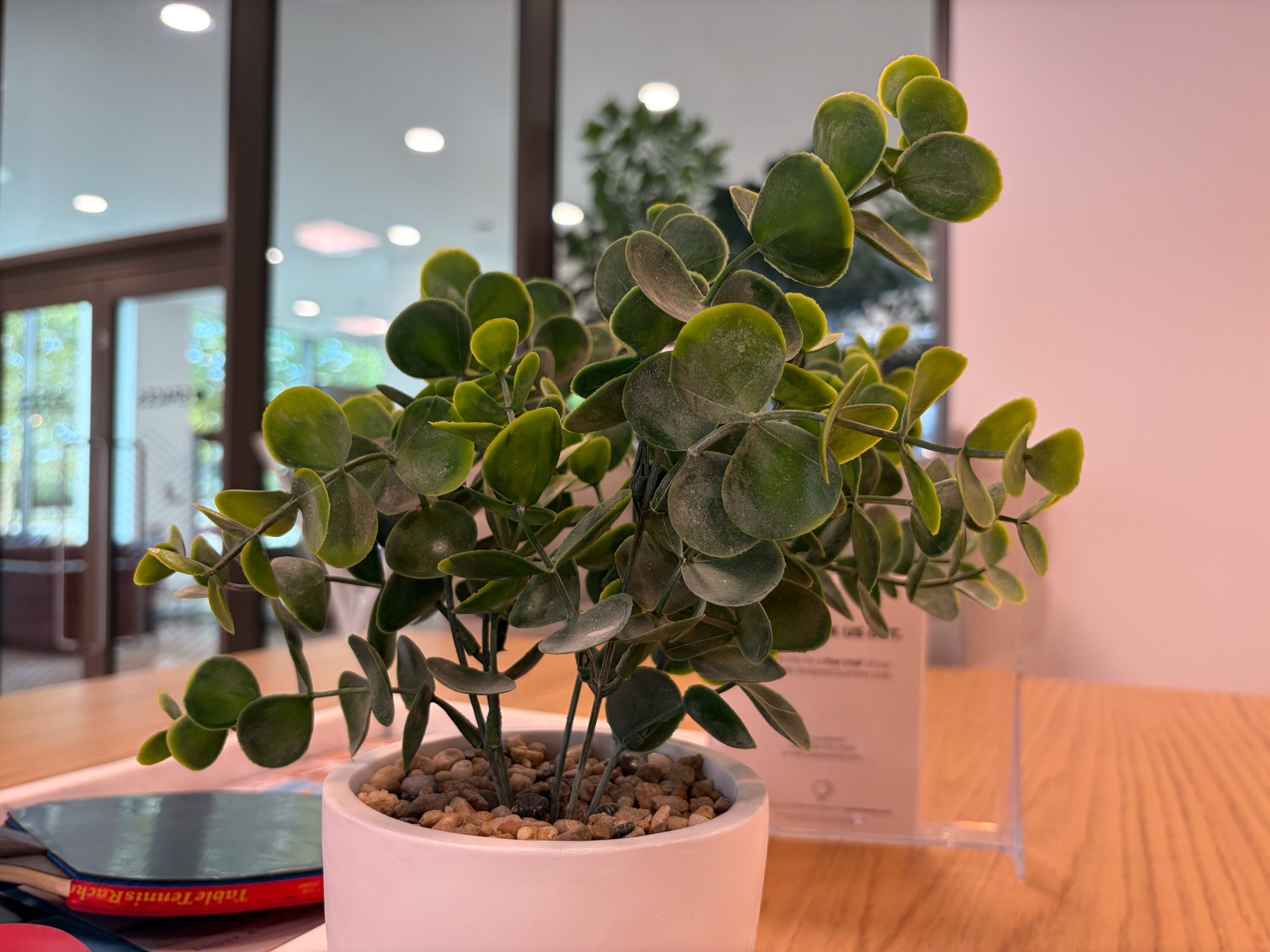
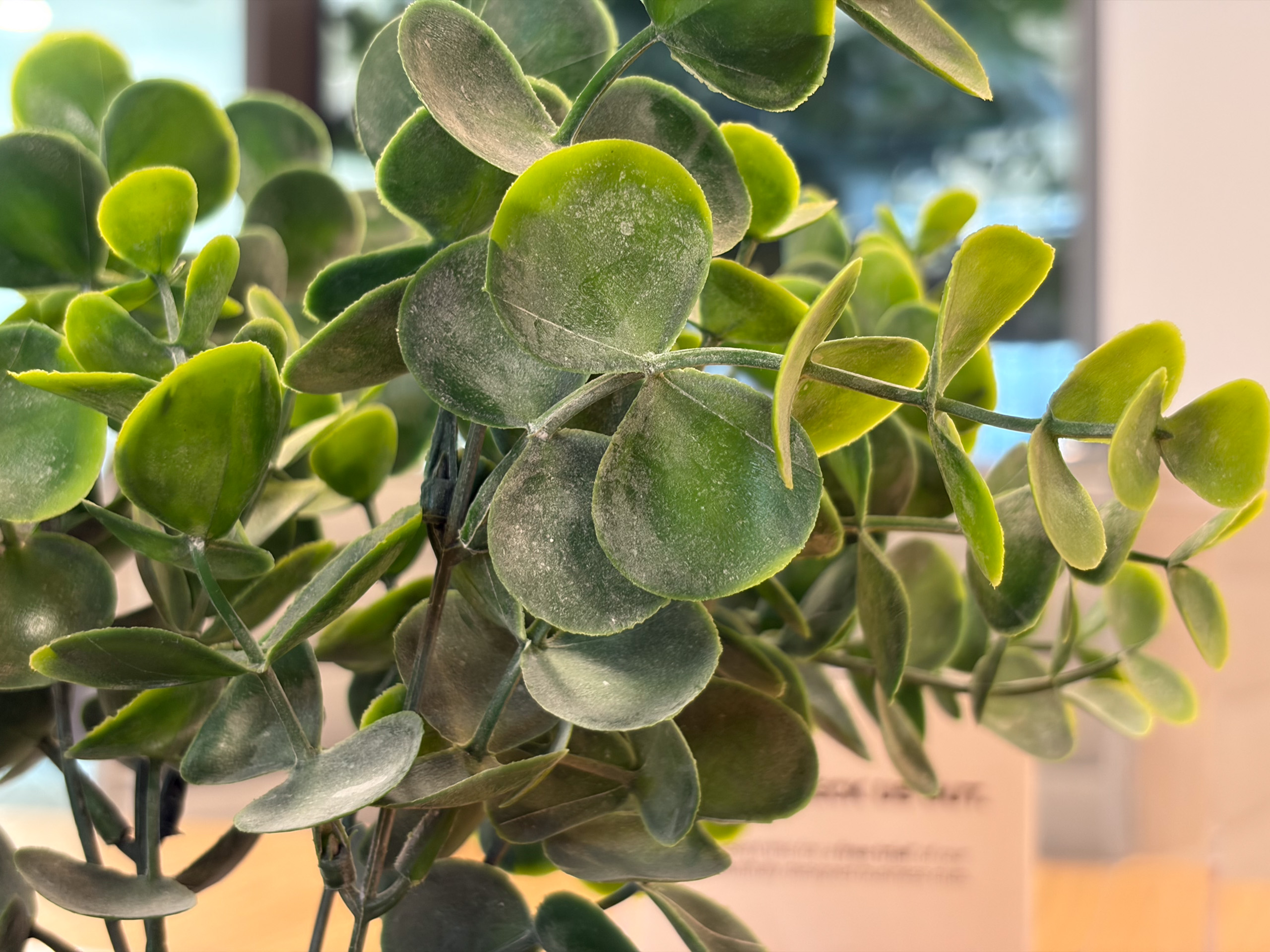

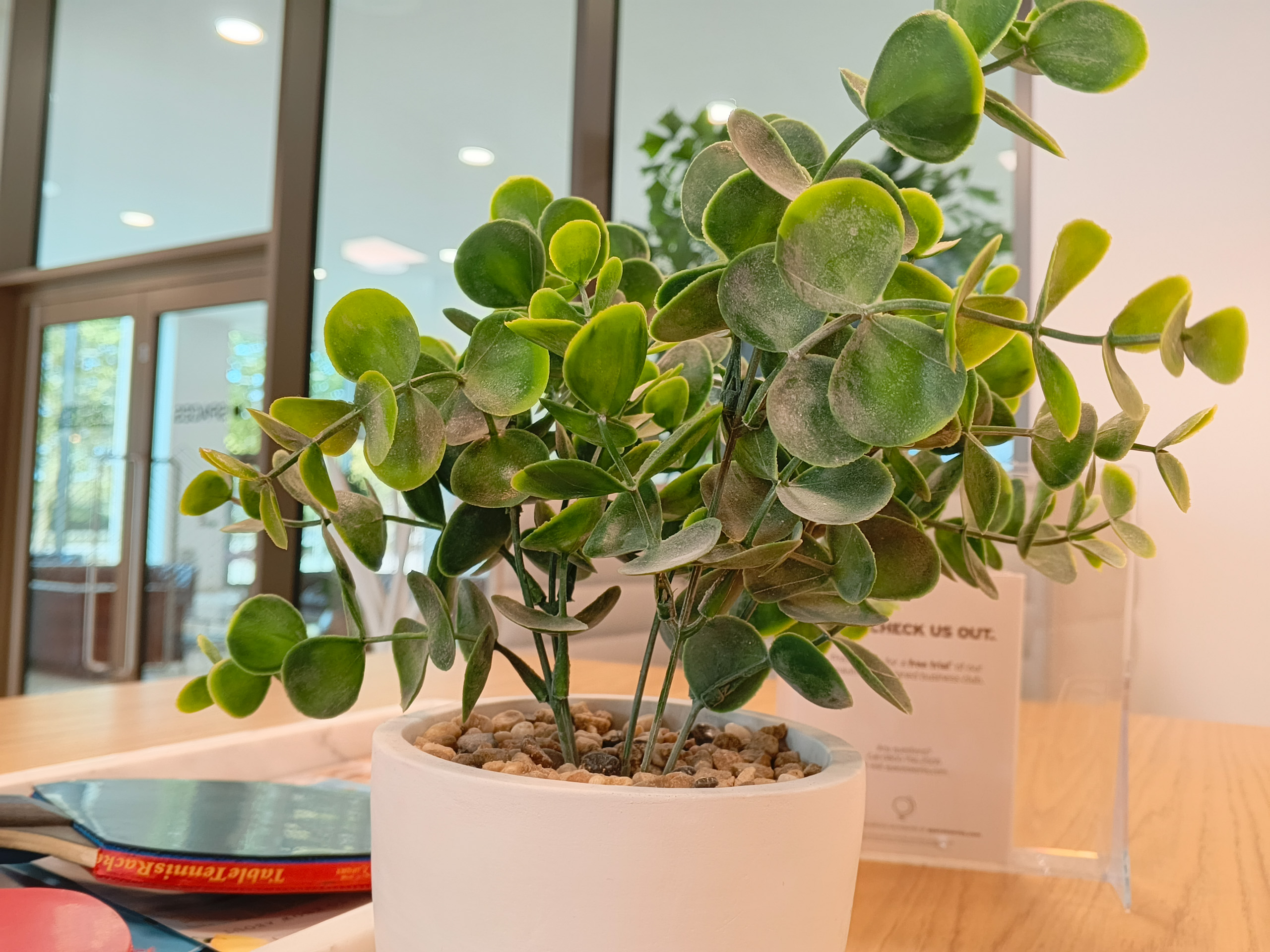
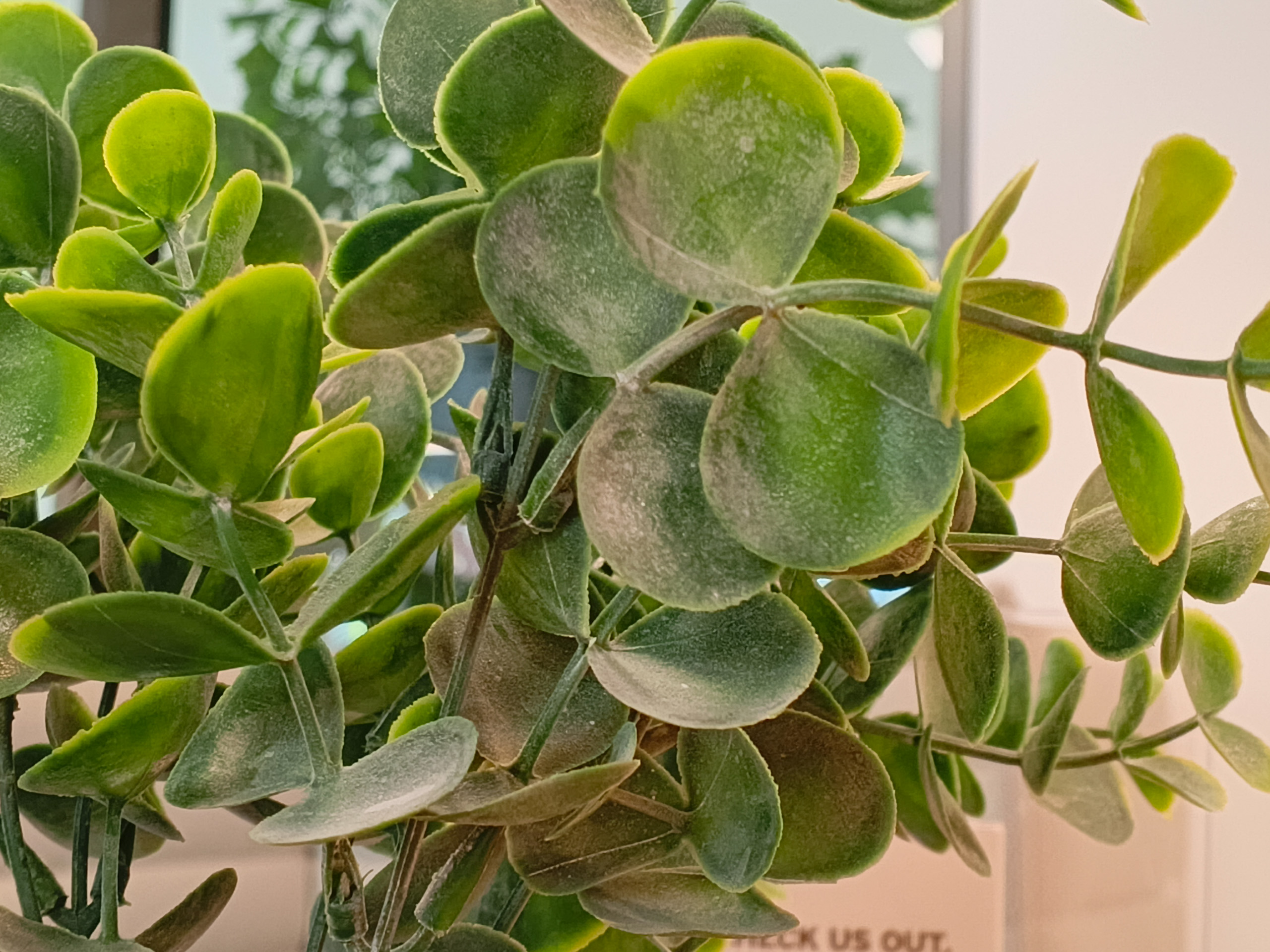
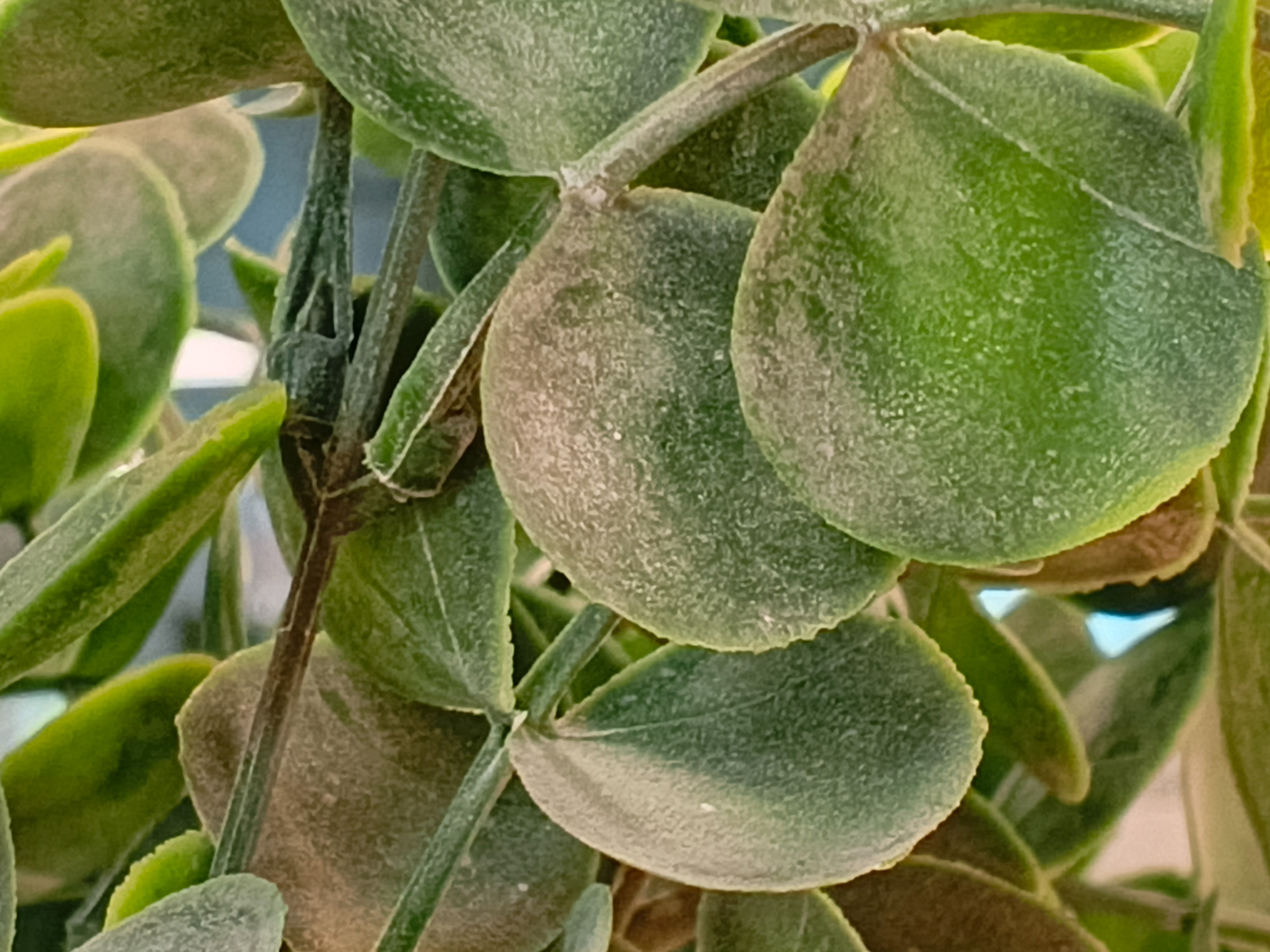
iPhone Air vs Samsung Galaxy S25 Edge vs Tecno Spark Slim: performance & software
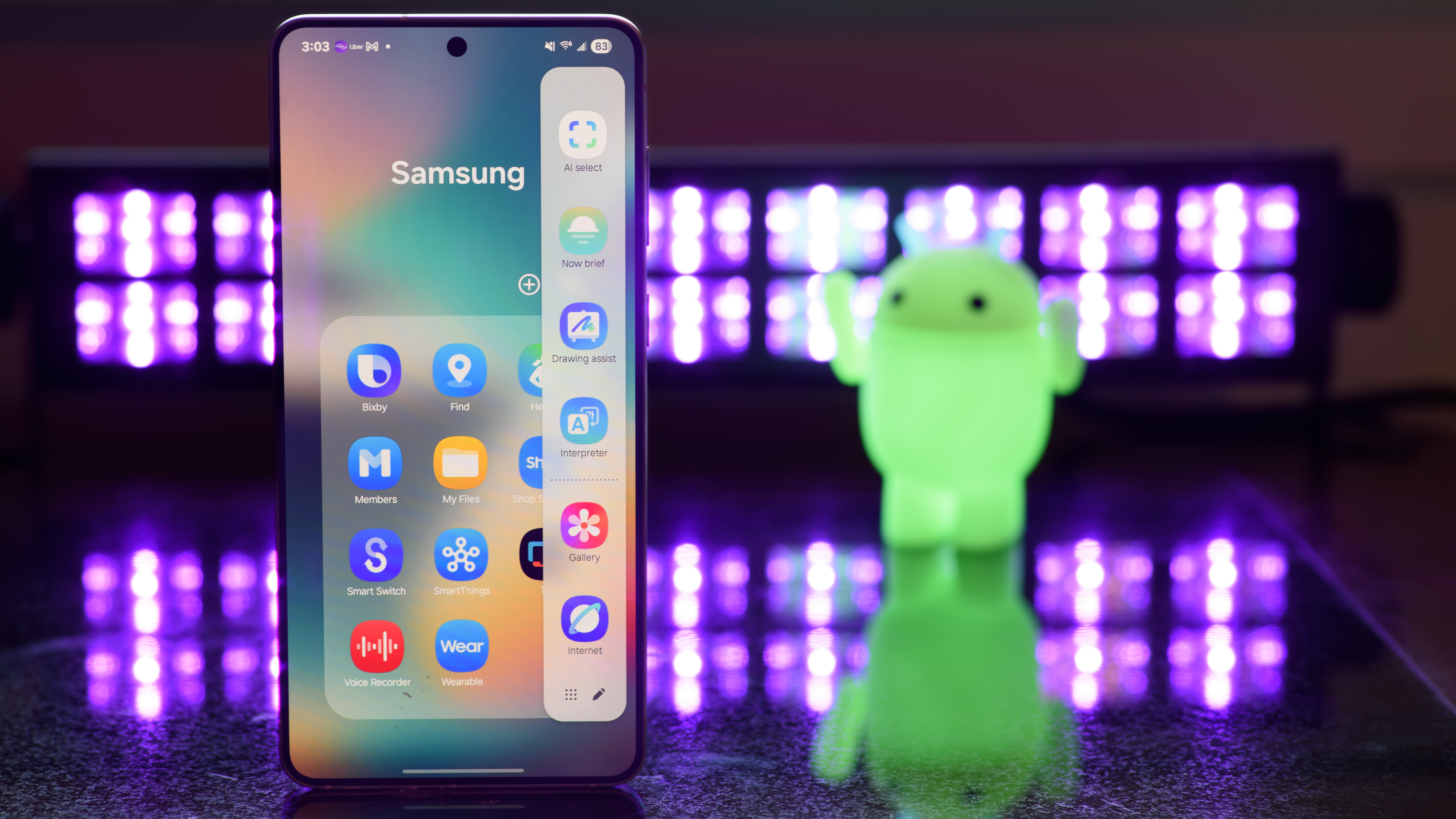
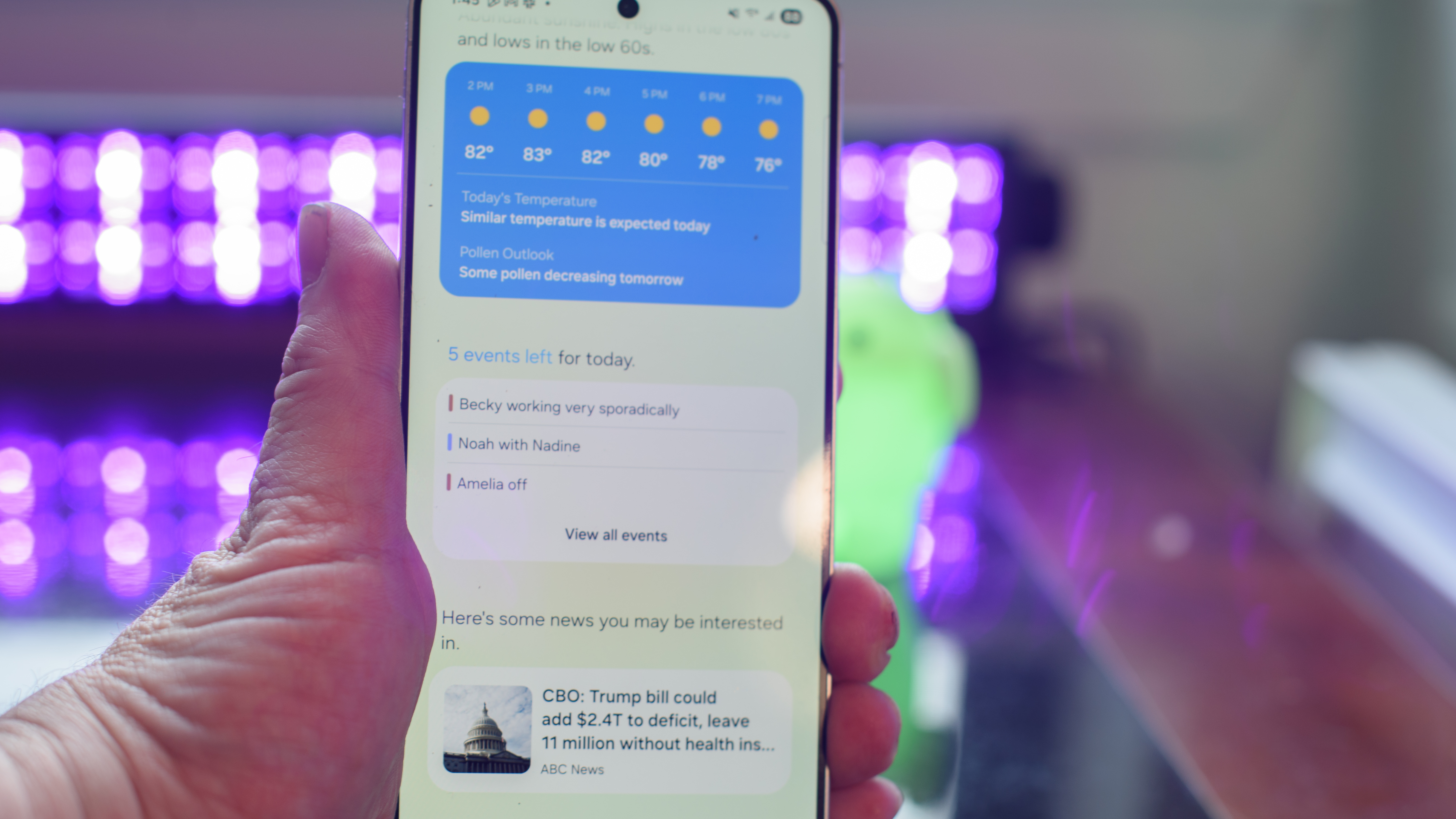
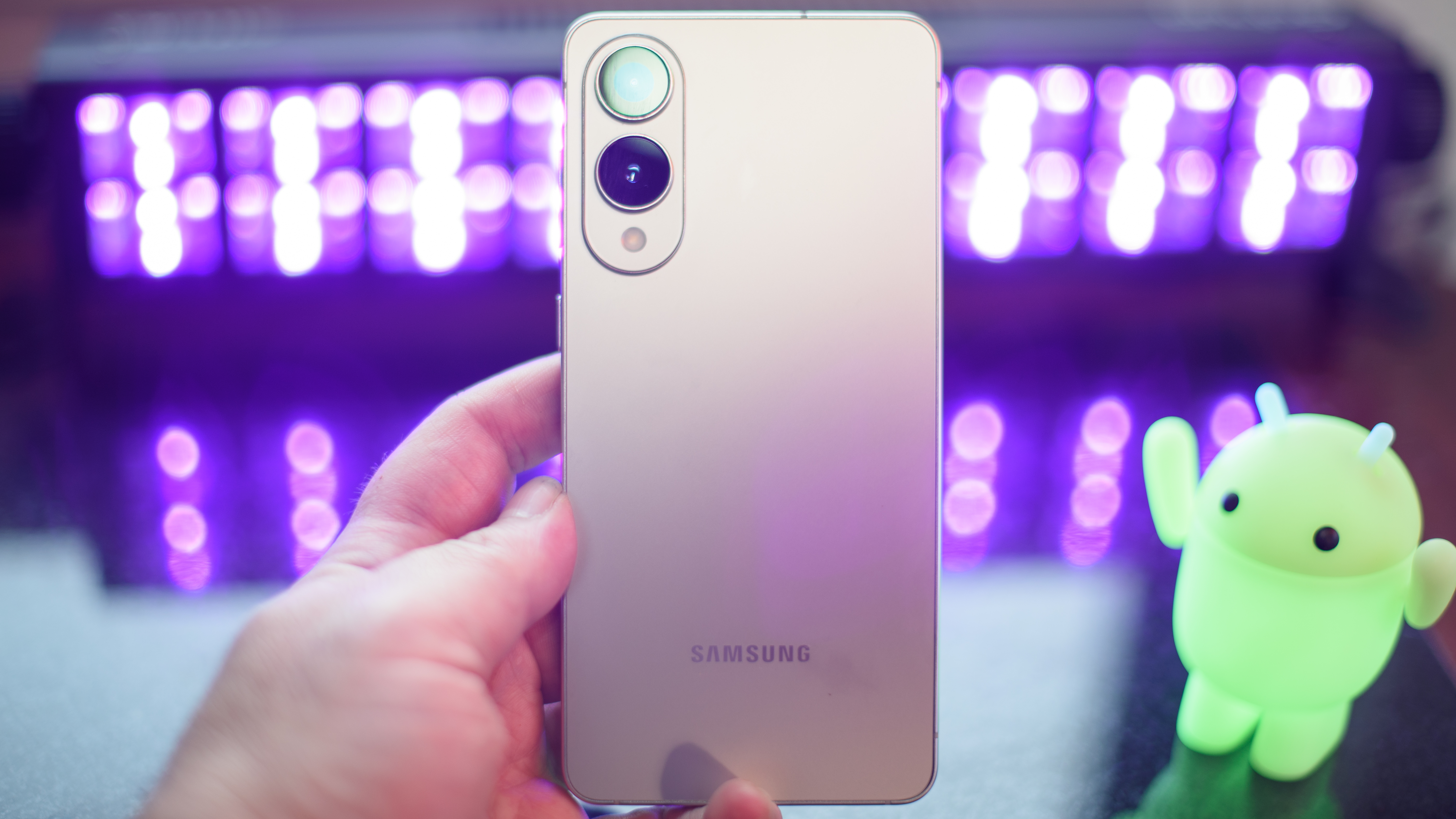
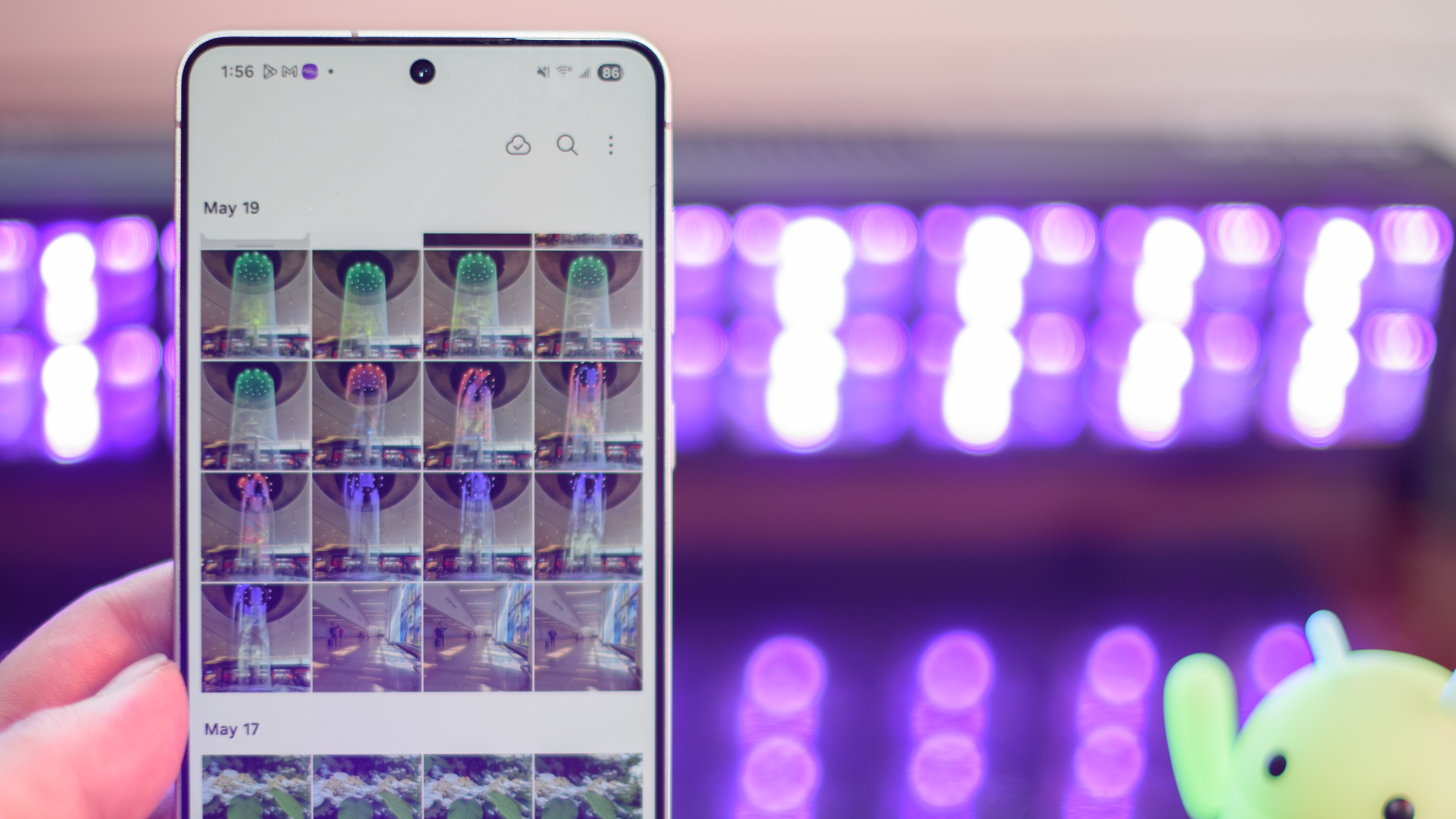
In their respective thin phones, Apple and Samsung have pulled no punches when it comes to under-the-hood specs. The Galaxy S25 Edge features the same Snapdragon 8 Elite for Galaxy chipset as used by the best Samsung phones, and it's paired with 12GB of RAM and either 256GB or 512GB of storage. =
Its performance is slightly throttled due to the thin body and thermal management concerns, so it won't outperform the Galaxy S25 Ultra, but this is an extremely powerful phone nonetheless.
The Galaxy S25 Edge runs Android 15 and is guaranteed to receive seven years of software and security updates, the first of which are expected to arrive imminently, bringing Android 16 and One UI 8 to Samsung’s thin phone. It also comes with a host of Galaxy AI features, although many of these are Gemini-powered and so are also available on the best Android phones.
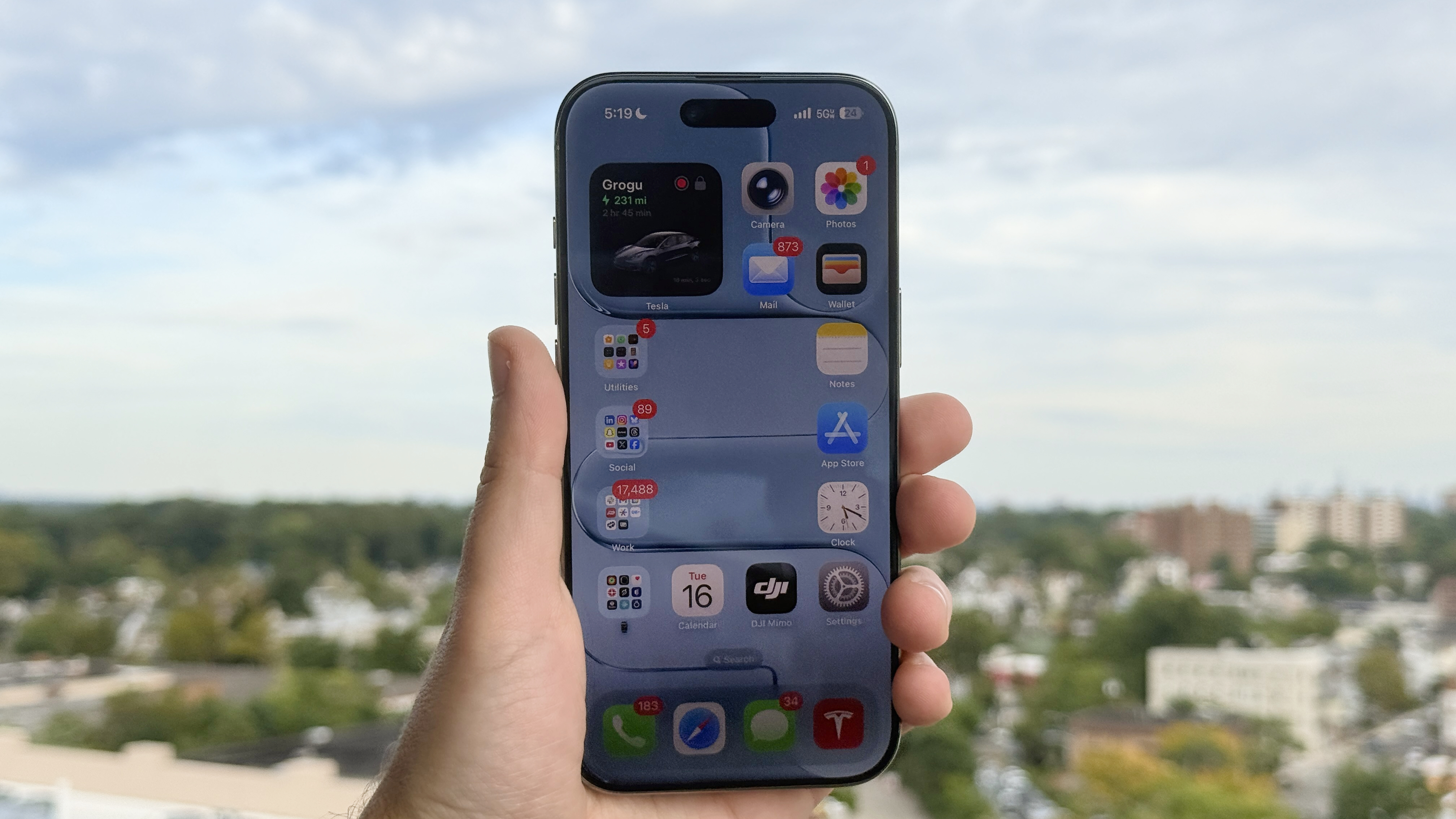
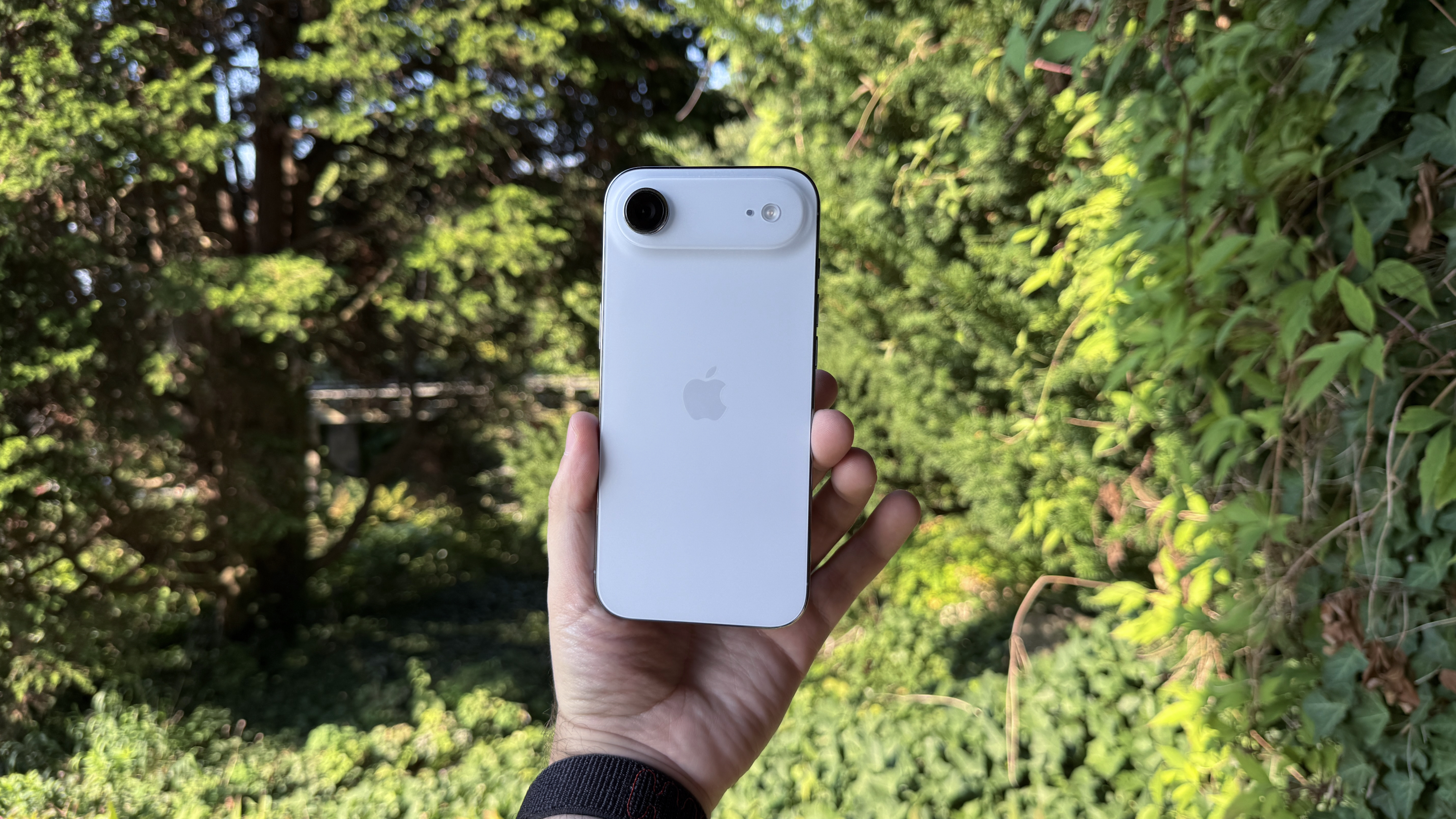
The iPhone Air, meanwhile, features the same A19 Pro chipset as used in the flagship iPhone 17 Pro Max. Like the Galaxy S25 Edge, it throttles the performance of this chipset, but in my testing, I didn't notice a discrepancy in day-to-day performance between the iPhone Air and Apple's best iPhones.
The iPhone Air doesn’t have as many AI features as the Galaxy S25 Edge – and Apple Intelligence is still less than complete – but iOS 26 brings a radical overhaul that’s clearly designed to accentuate the curves and sleek design of the Air. In particular, Liquid Glass in iOS 26 looks stunning on the iPhone Air.
For the Tecno Spark Slim, its hardware cutbacks extend to the processor, which is especially prescient considering the low price. Unlike its rivals, Tecno has opted for the mid-range MediaTek Dimensity 6400 processor, which is built on the 3nm fabrication process, paired with 8GB of RAM and 128GB or 256GB of storage.
This chipset offers good day-to-day performance, but it lacks the raw performance and advanced AI features of its chief rivals in this comparison. The Tecno Spark Slim runs Android 15 out of the box, but there’s no official guarantee or confirmation on how many years of software or security updates it will receive.
iPhone Air vs Samsung Galaxy S25 Edge vs Tecno Spark Slim: Battery
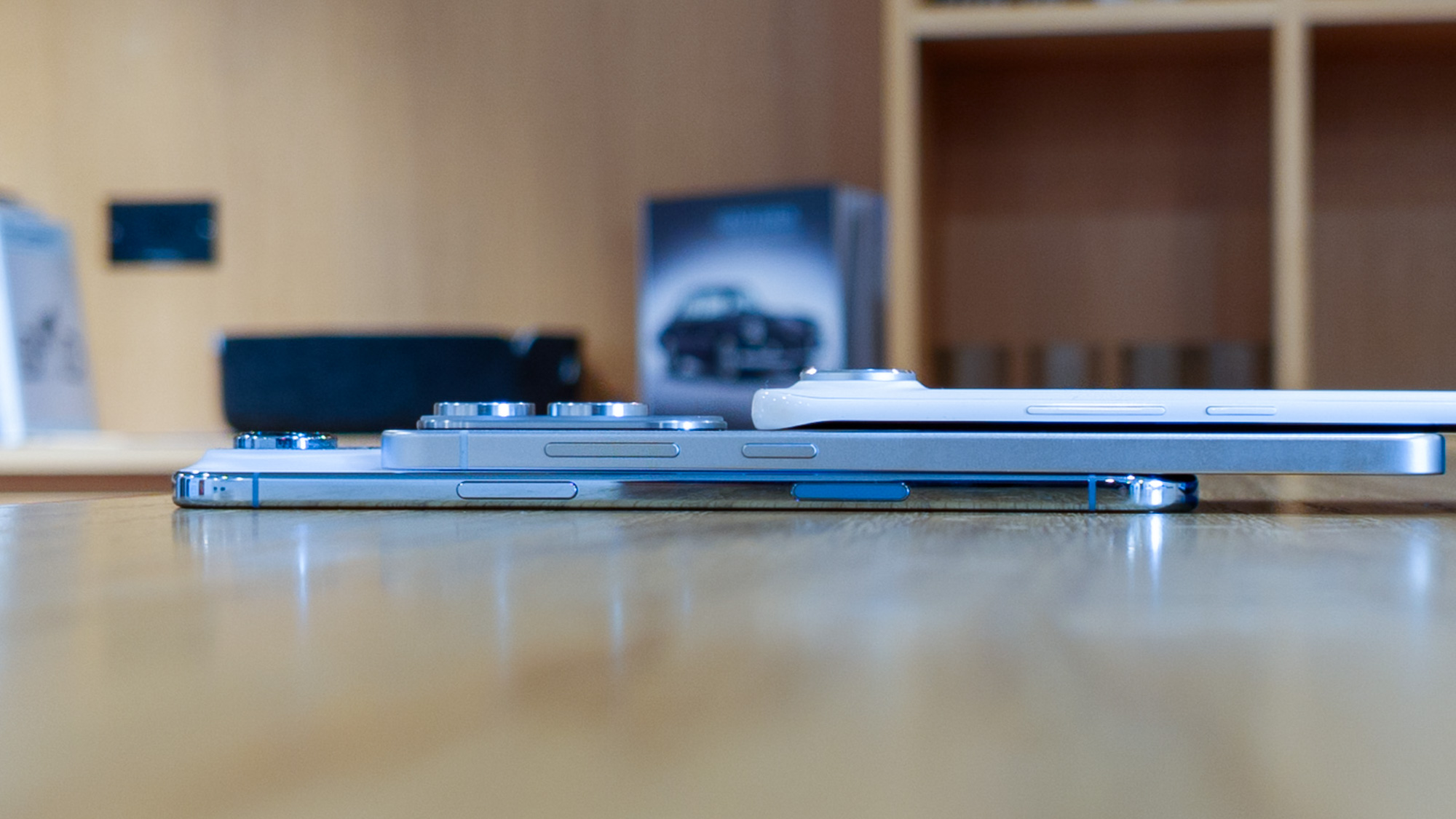
When companies build ultra-thin phones, they often have to compromise on both the camera and the battery. In the case of the iPhone Air and Galaxy S25 Edge, the battery is a concern, as it represents a considerable downgrade compared to each company’s flagship phone.
The Galaxy S25 Edge features a 3,900mAh battery, which is 20% smaller than the one found in the Galaxy S25 Ultra and Galaxy S25 Plus. When testing for our Samsung Galaxy S25 Edge review, we eked just under 13 hours out of this dinky cell.
The phone features 25W wired charging, which can charge it to 55% in 30 minutes, as well as 15W wireless charging (when used with a Qi-Ready case).
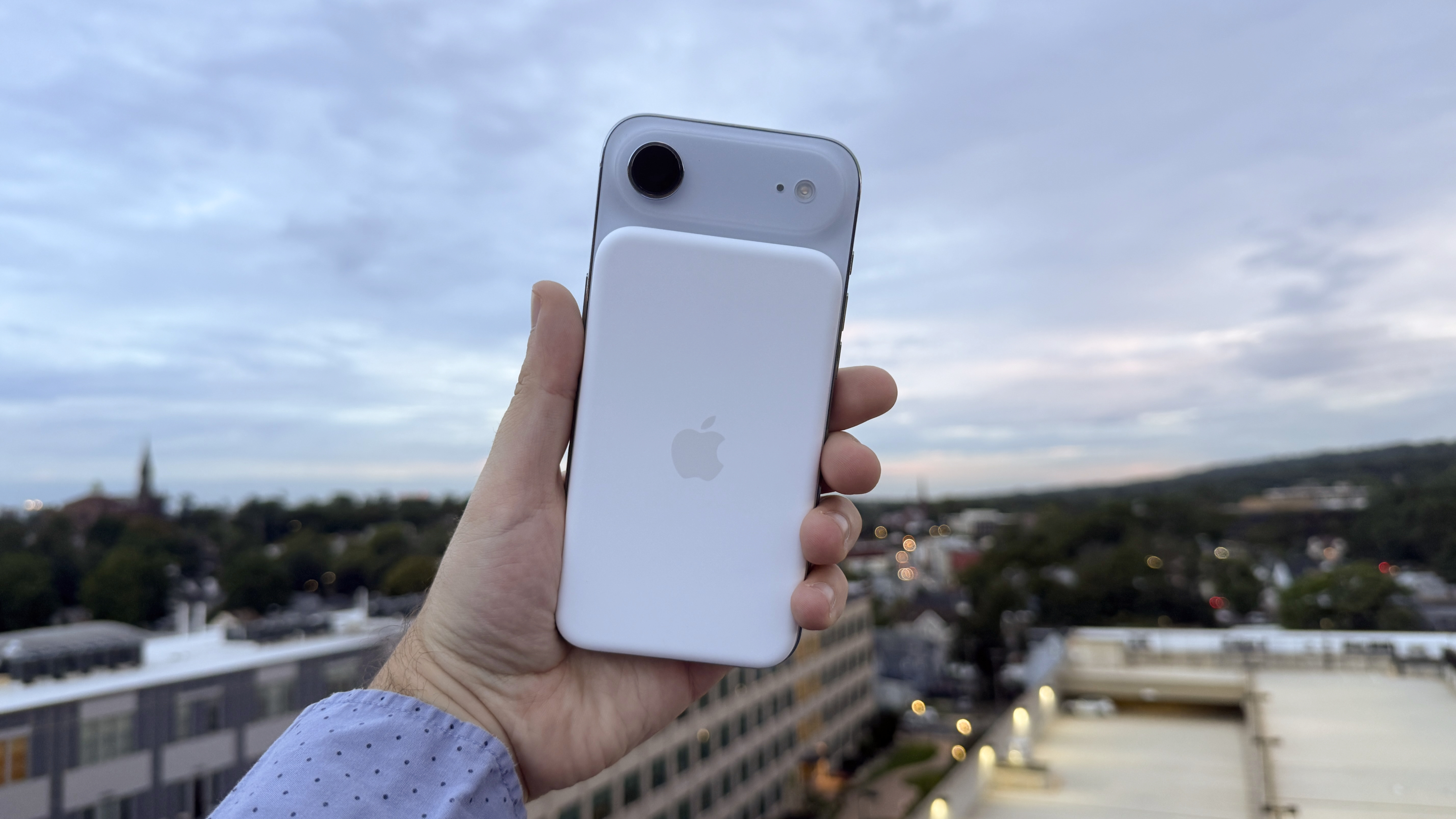
The iPhone Air makes things even smaller, as the 3,149mAh battery (an unofficial figure, mind you) is almost 40% smaller than the one found in the iPhone 17 Pro Max. In testing, we managed to get just over 10 hours of life out of the phone, which covers the working day, but not morning to night.
Alongside the iPhone Air, Apple introduced a $99 / £99 / AU$159 MagSafe battery pack designed specifically for the iPhone Air, and this is claimed to offer up to 60% additional charge. With the battery attached, the iPhone Air should offer better battery life than the Galaxy S25 Edge, but then you're losing out on the key selling point of Apple's super-slim handset.
Neither the Air nor the Edge, however, compares to the Tecno Spark Slim: despite being just 0.1mm thicker than Samsung’s thinnest phone, it features a 5,160mAh battery with 45W wired charging and 10W reverse wireless charging. The Spark Slim is designed to prove that ultra-thin phones can have flagship batteries and charging capabilities, although, as we’ve seen, this means cutbacks in other areas.
iPhone Air vs Samsung Galaxy S25 Edge vs Tecno Spark Slim: Verdict
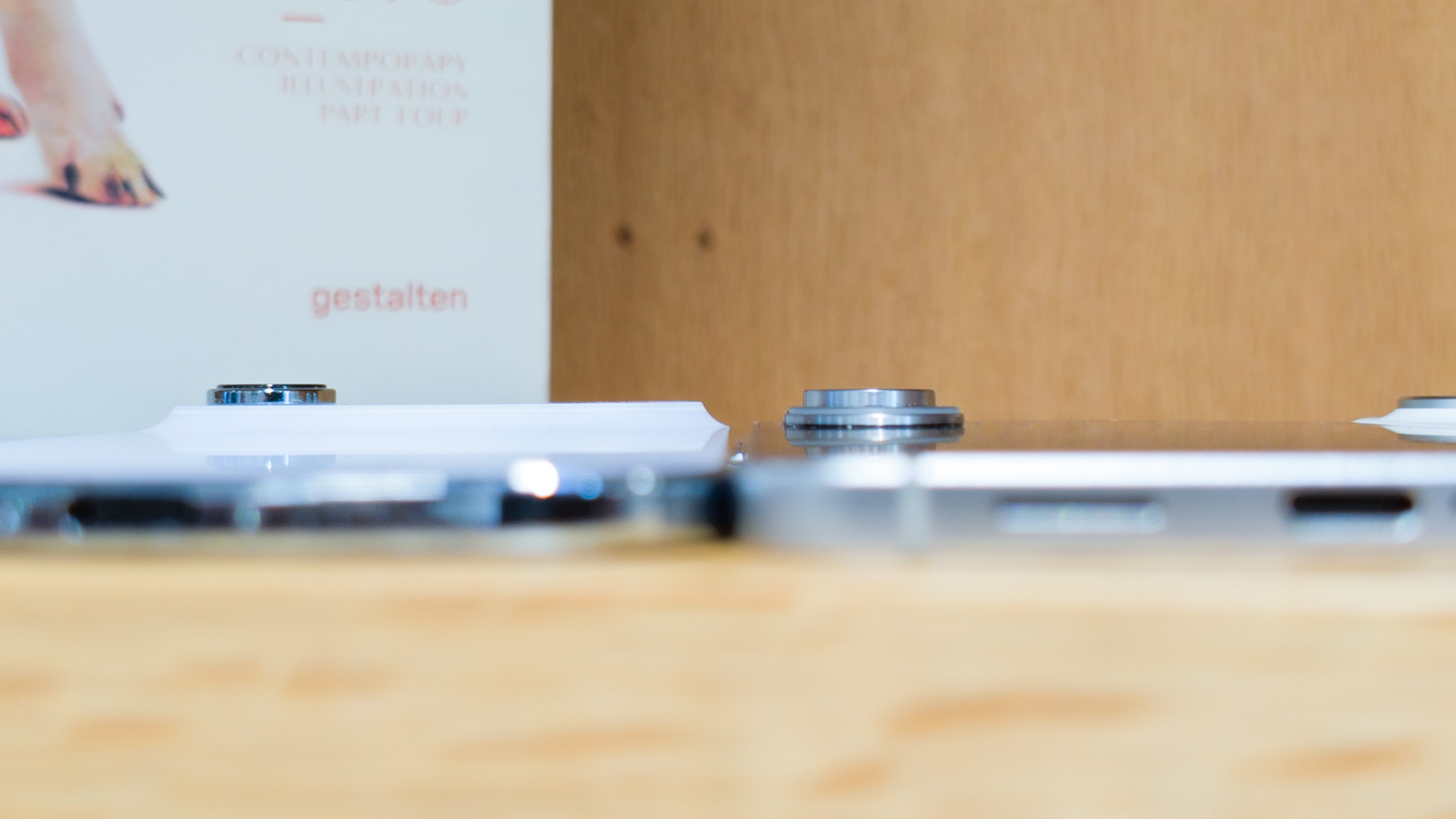
The Tecno Spark Slim is an interesting take on the ultra-thin phone concept, especially considering it starts at the equivalent of $230. However, its availability is extremely limited – and it won’t be available in most Western markets – making it much harder to recommend.
For most people, this contest will come down to the iPhone Air and the Galaxy S25 Edge. If you have little desire to change operating systems, you’ll want to choose the one with which you’re most familiar and comfortable.
The iPhone Air has a more eye-catching design, slightly better performance, a vastly superior selfie camera, and better battery life if you're willing to pick up Apple's Air-specific MagSafe battery pack. The Galaxy S25 Edge, meanwhile, offers improved battery life without the need for a battery pack, a larger display, a more advanced main camera, and slightly faster charging.
Regardless of which model you buy, both of these ultra-thin phones offer an incredible experience. Personally, I love the Galaxy S25 Edge, but having used the iPhone Air for the past few weeks, I’m hooked on its stunning design.
You might also like

Nirave is a veteran tech journalist and creator at House of Tech. He's reviewed over 1,000 phones and other consumer gadgets over the past 20 years. A heart attack at 33 inspired him to consider the impact of technology on our physical, mental, and emotional health.
You must confirm your public display name before commenting
Please logout and then login again, you will then be prompted to enter your display name.